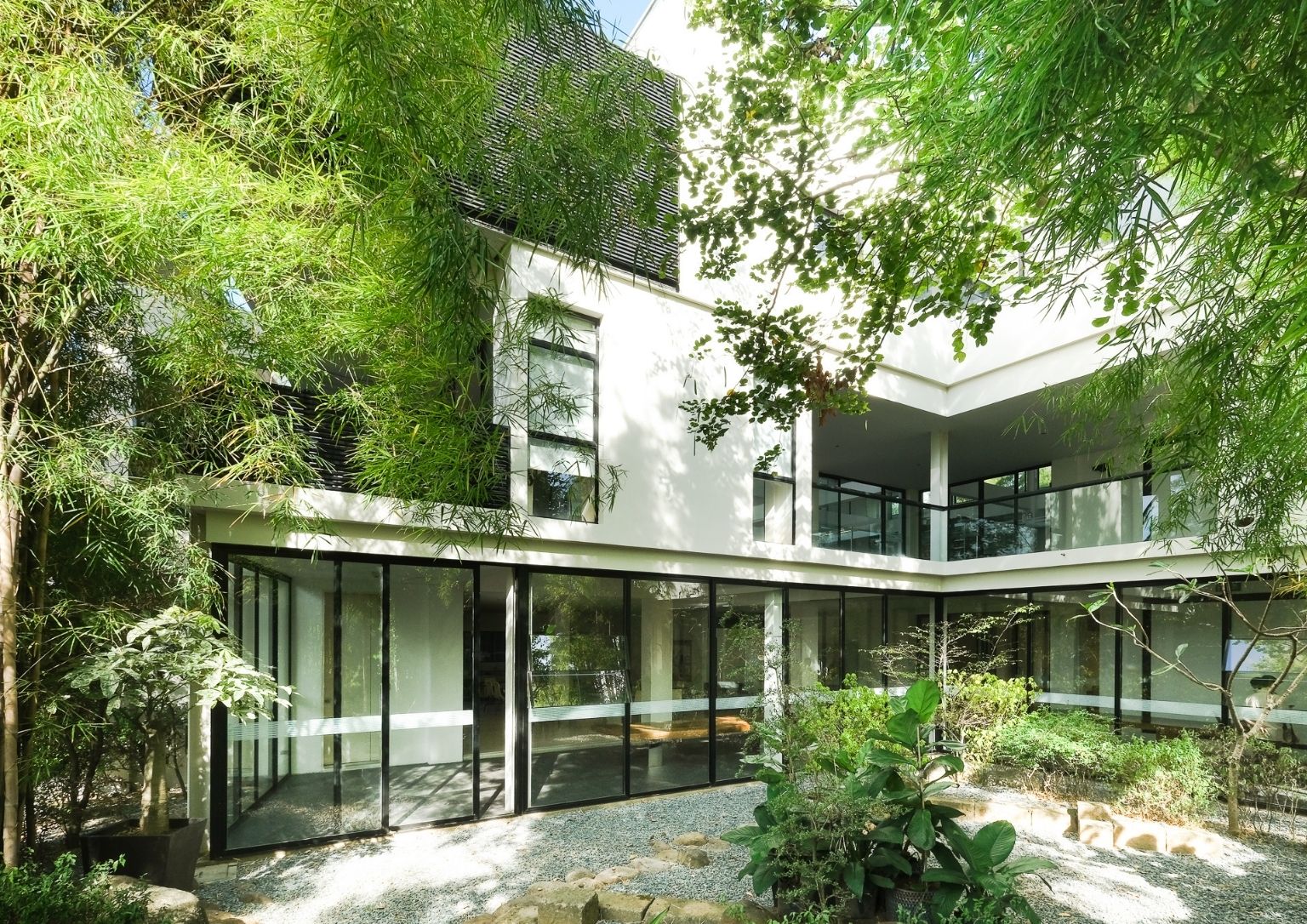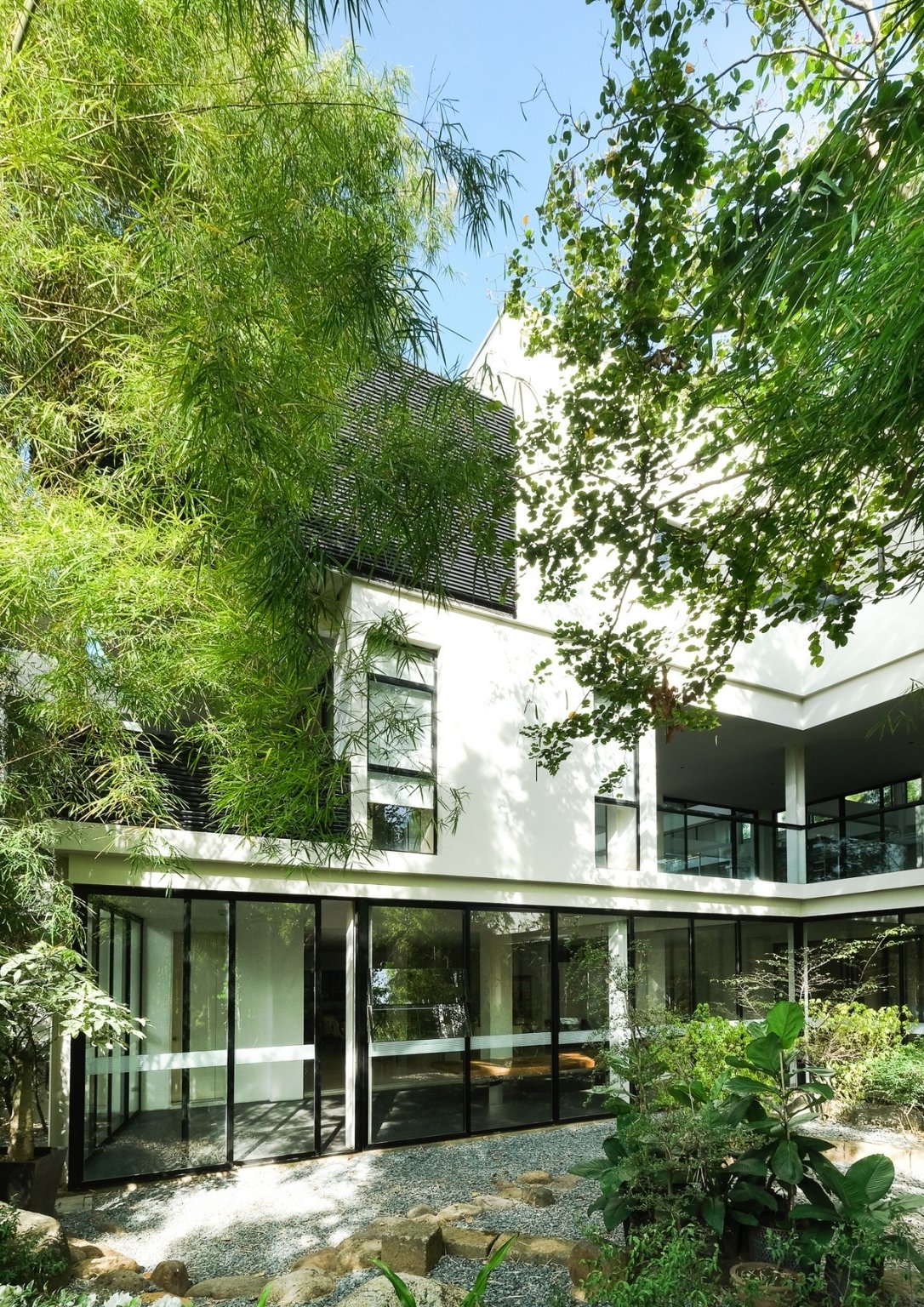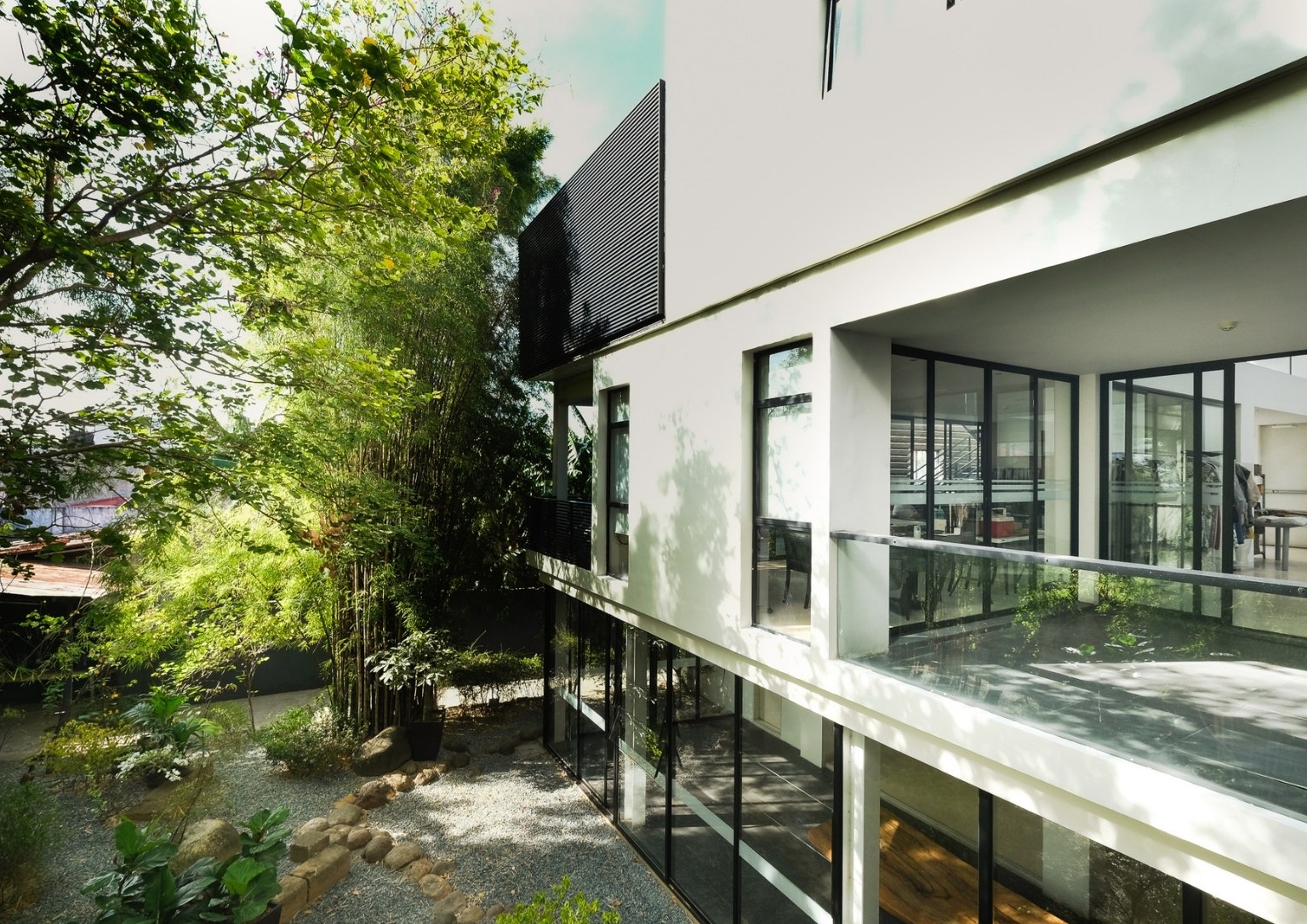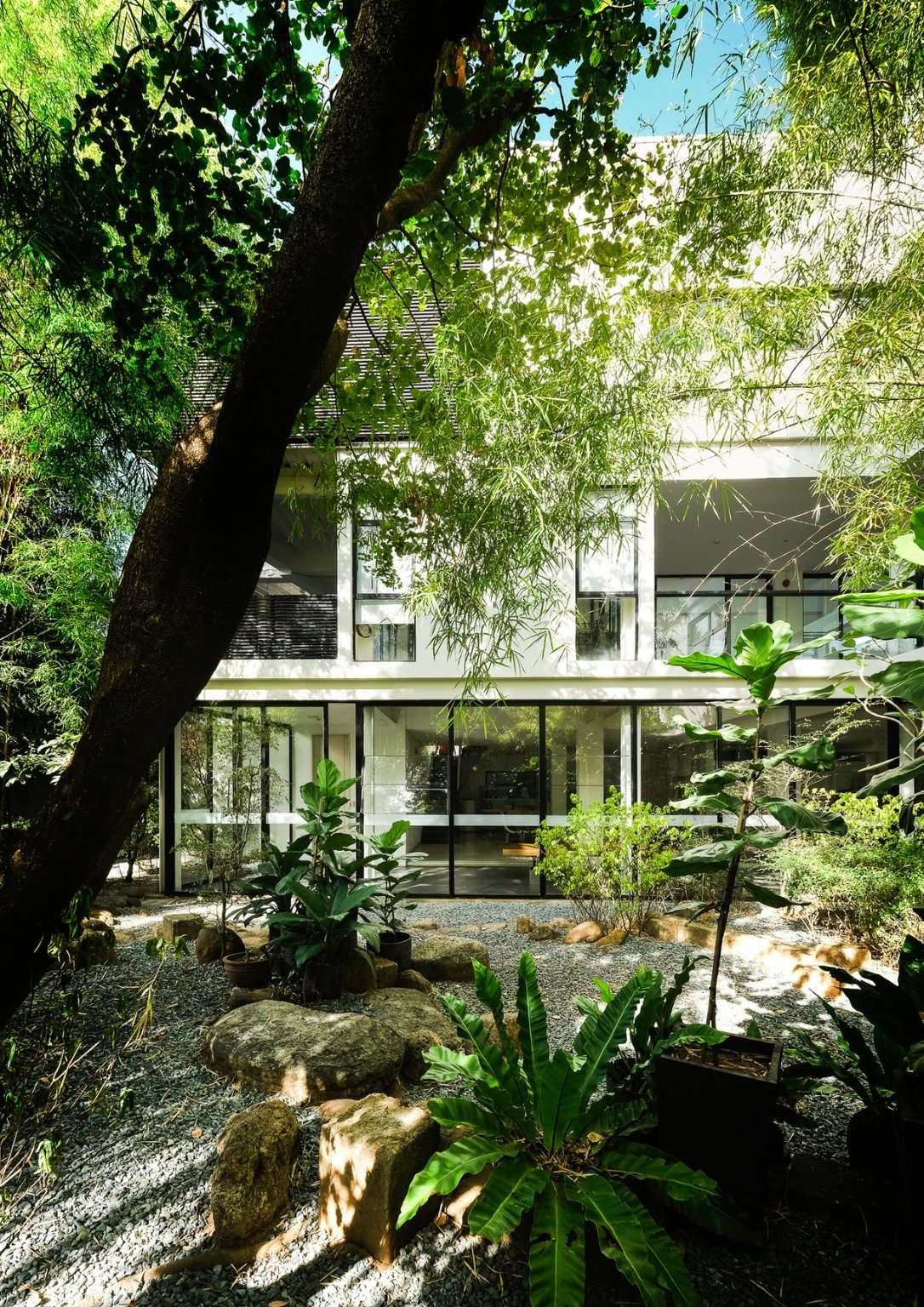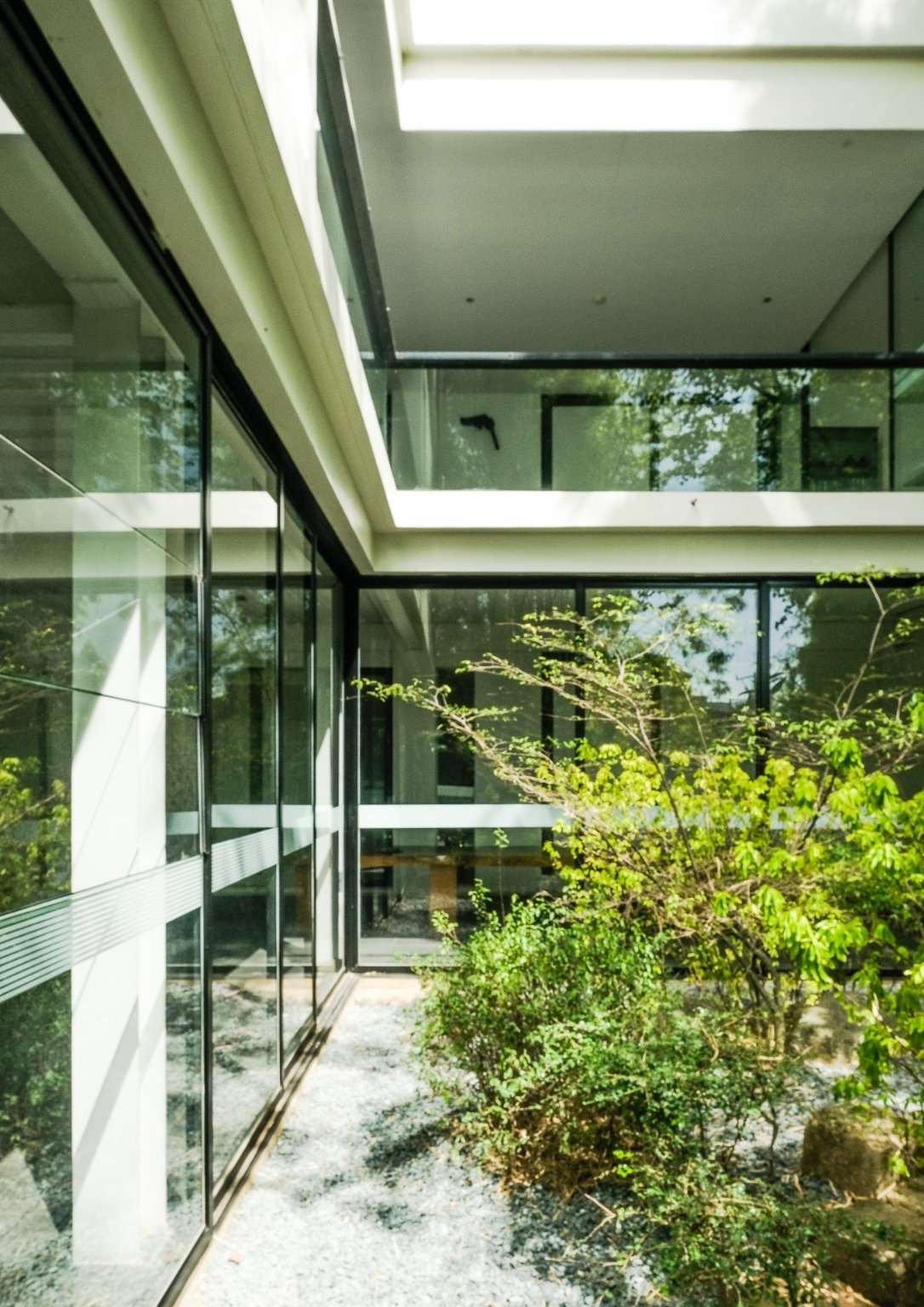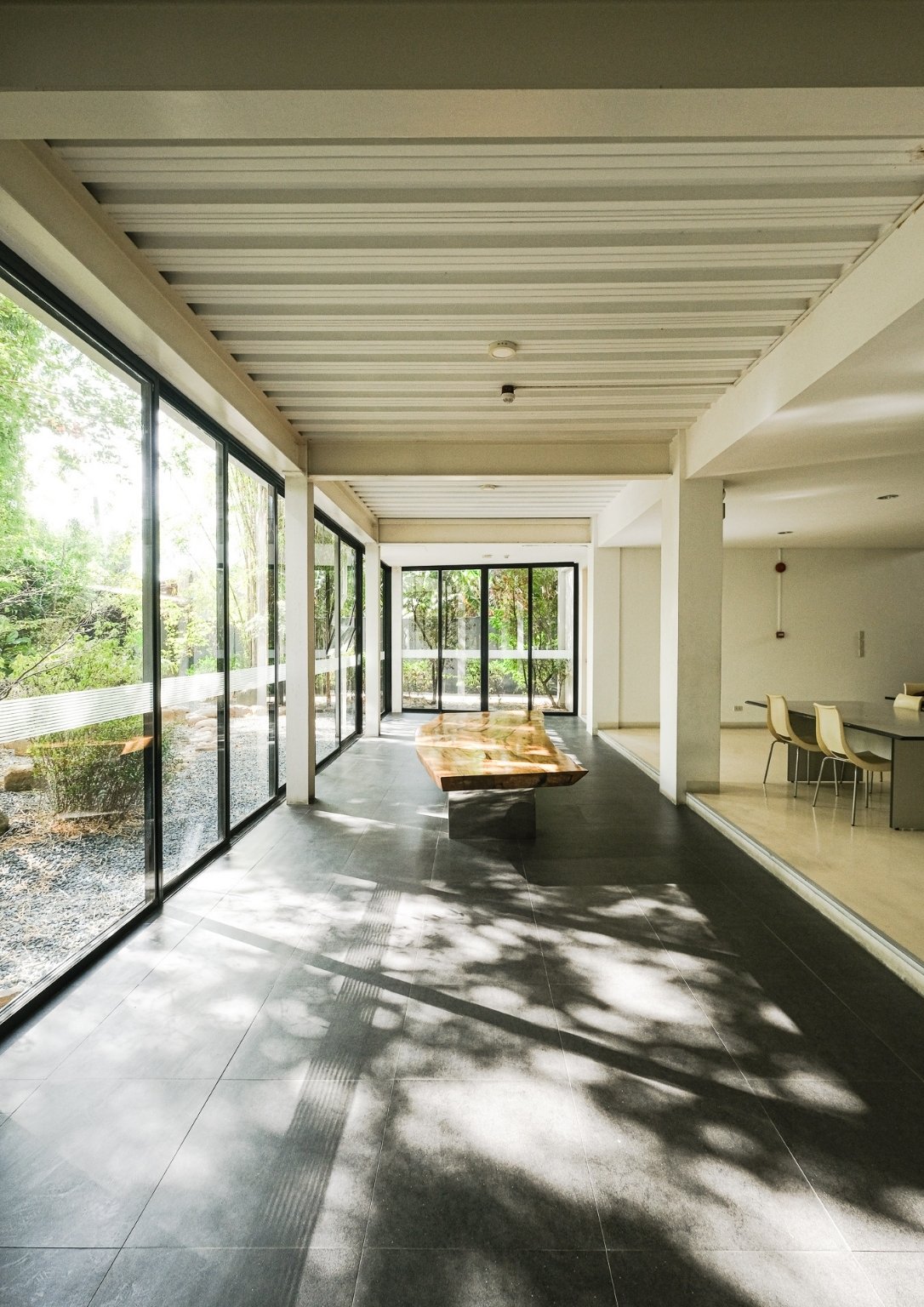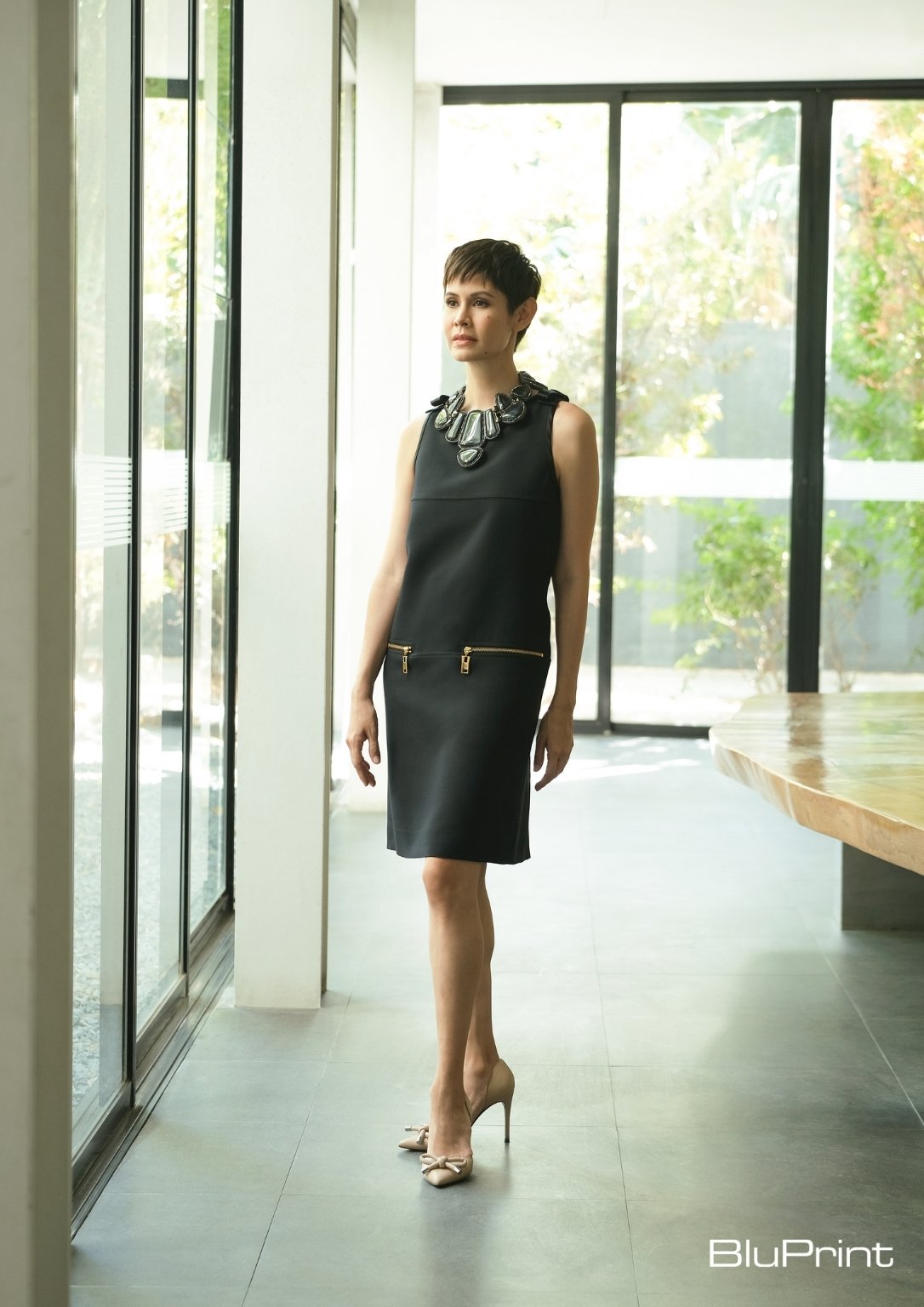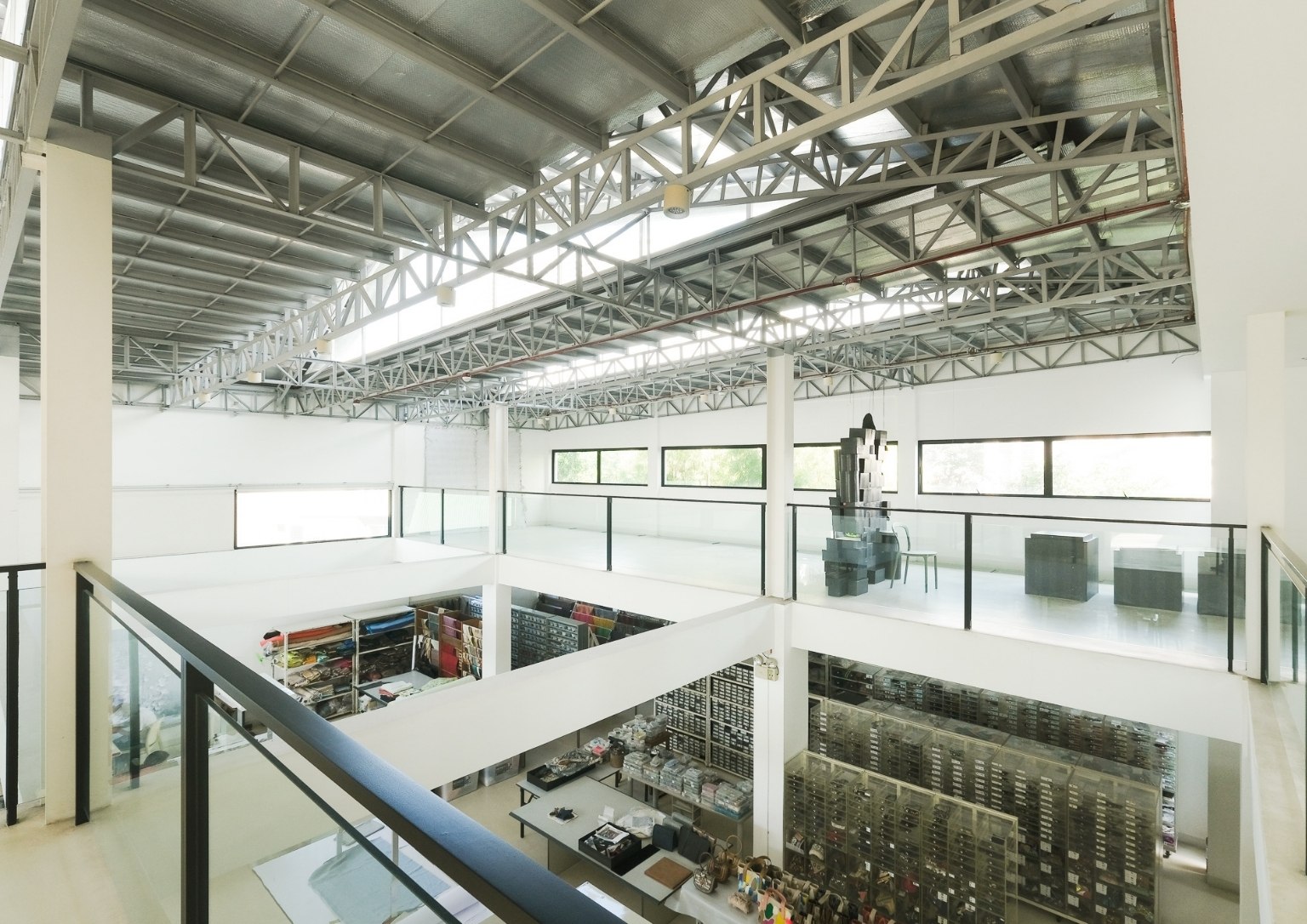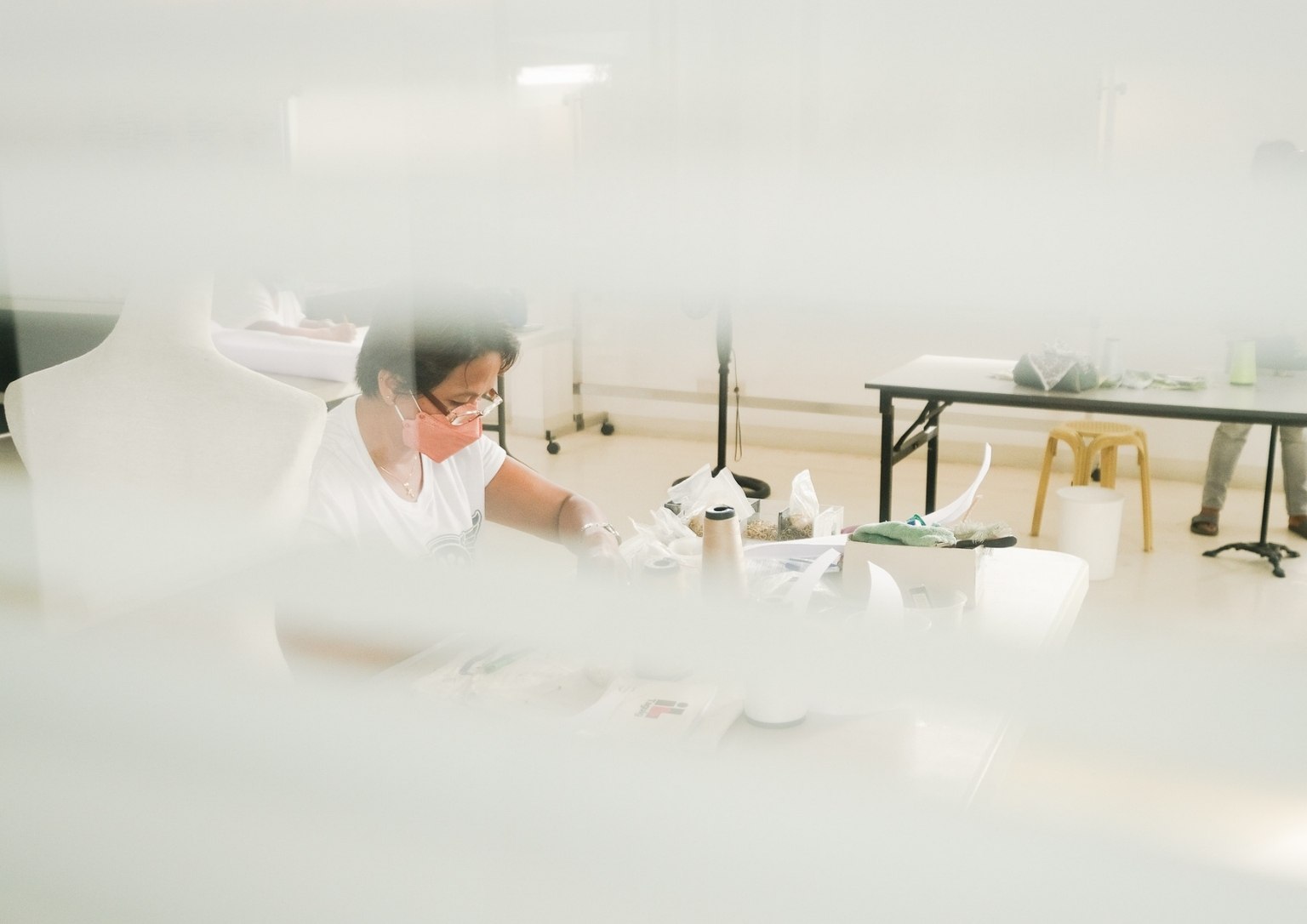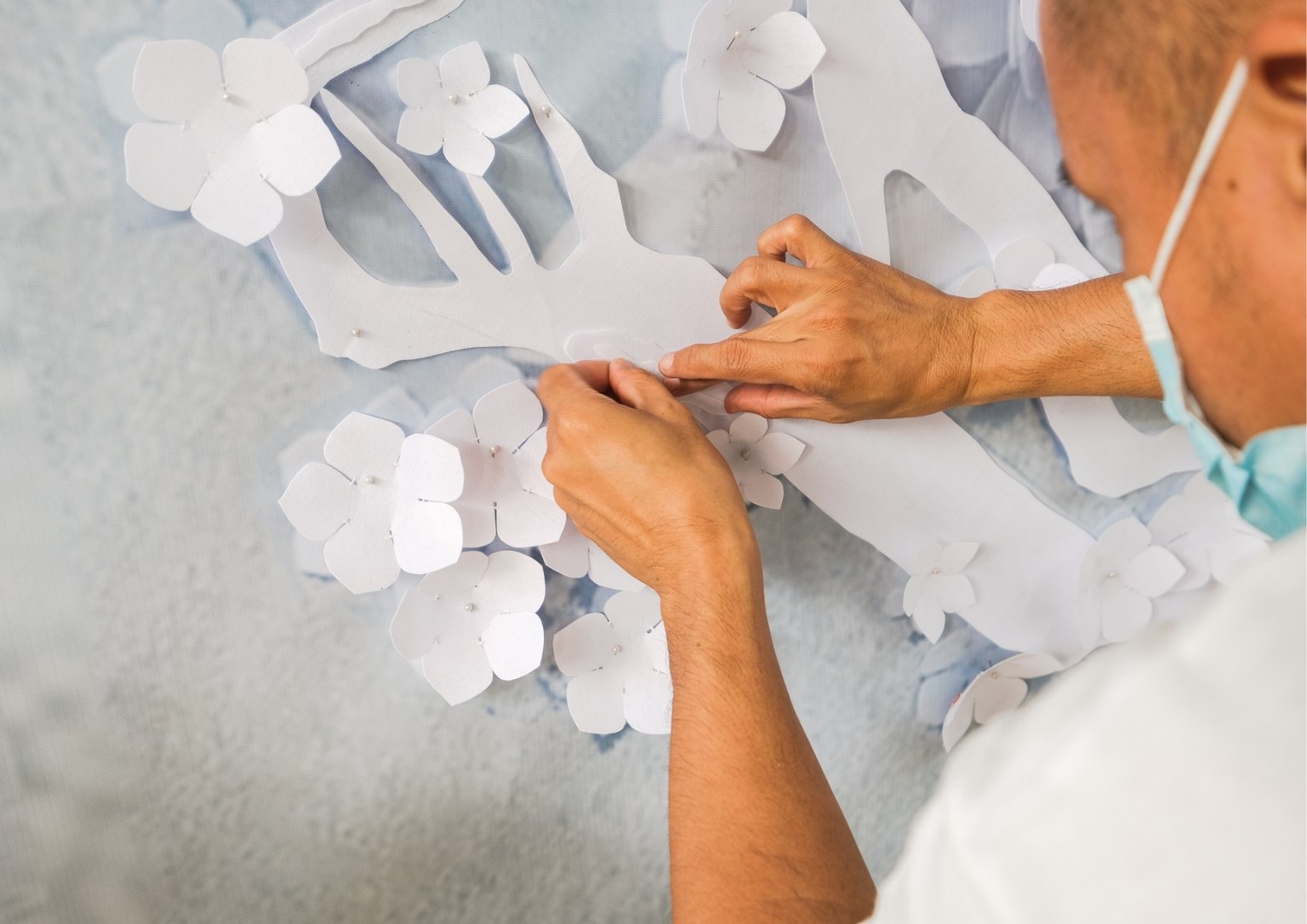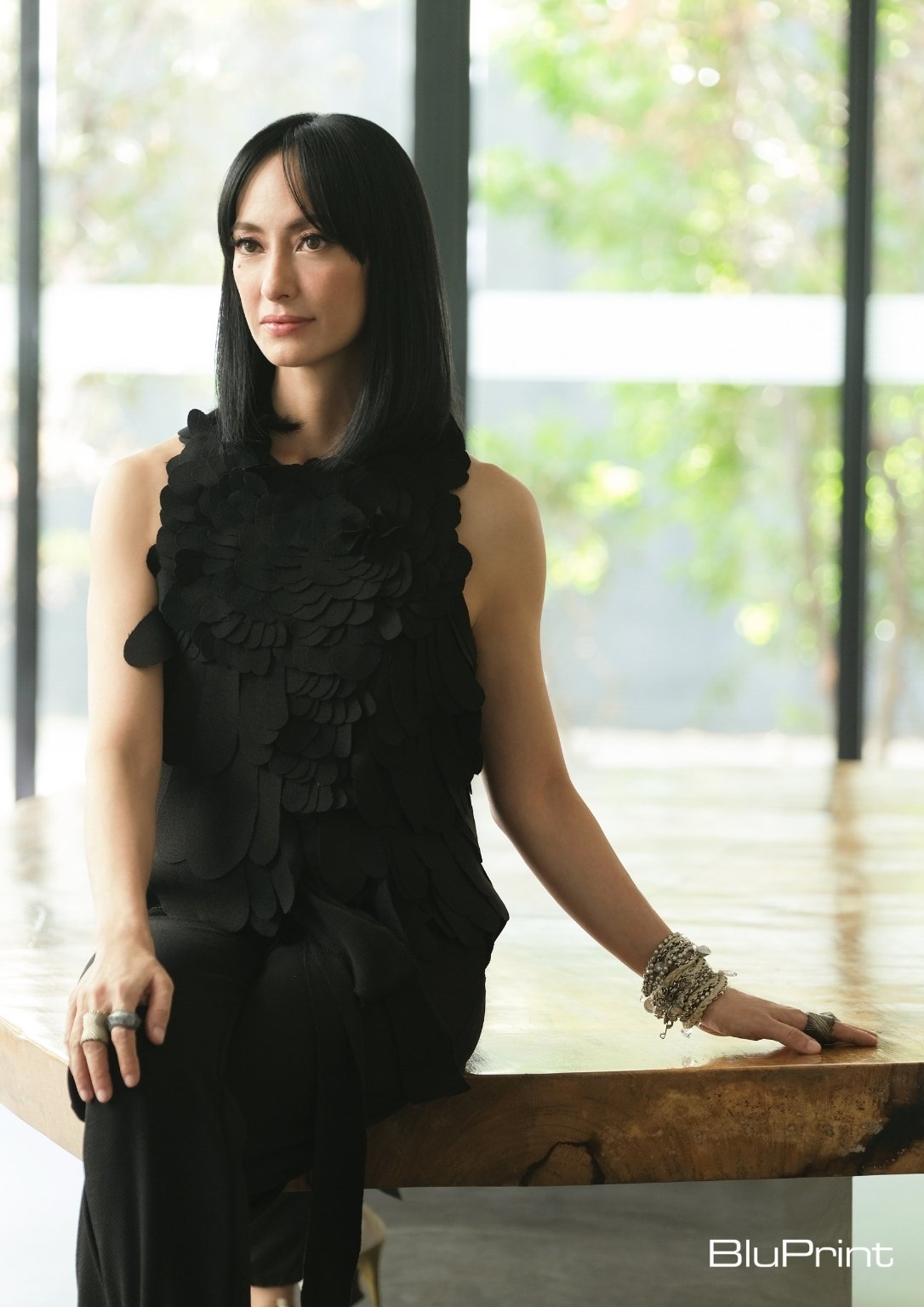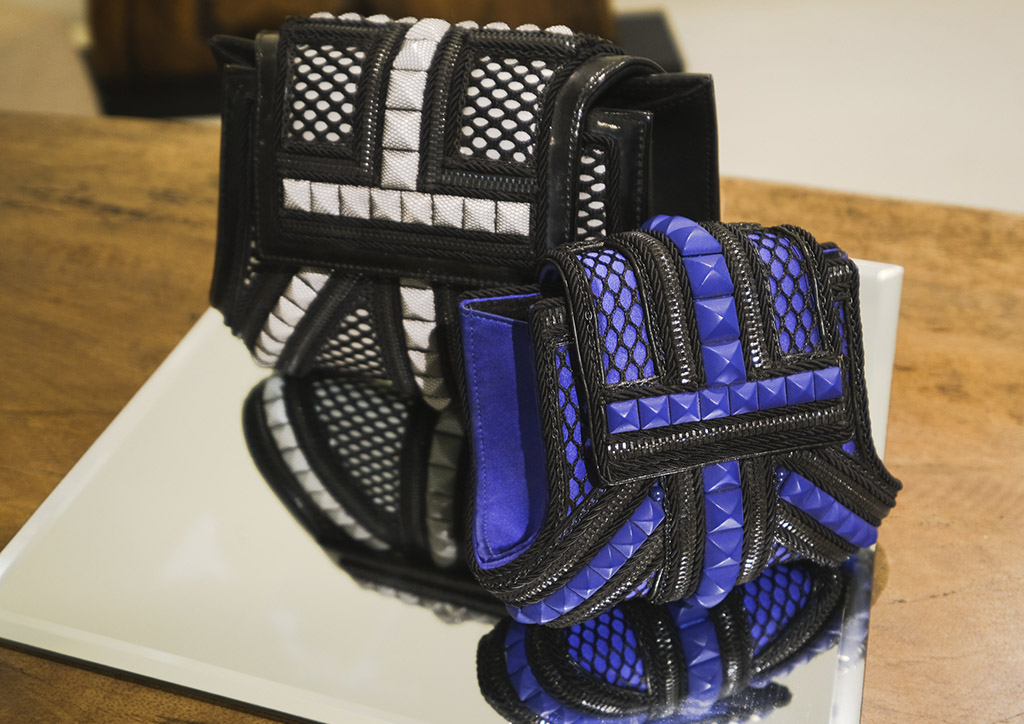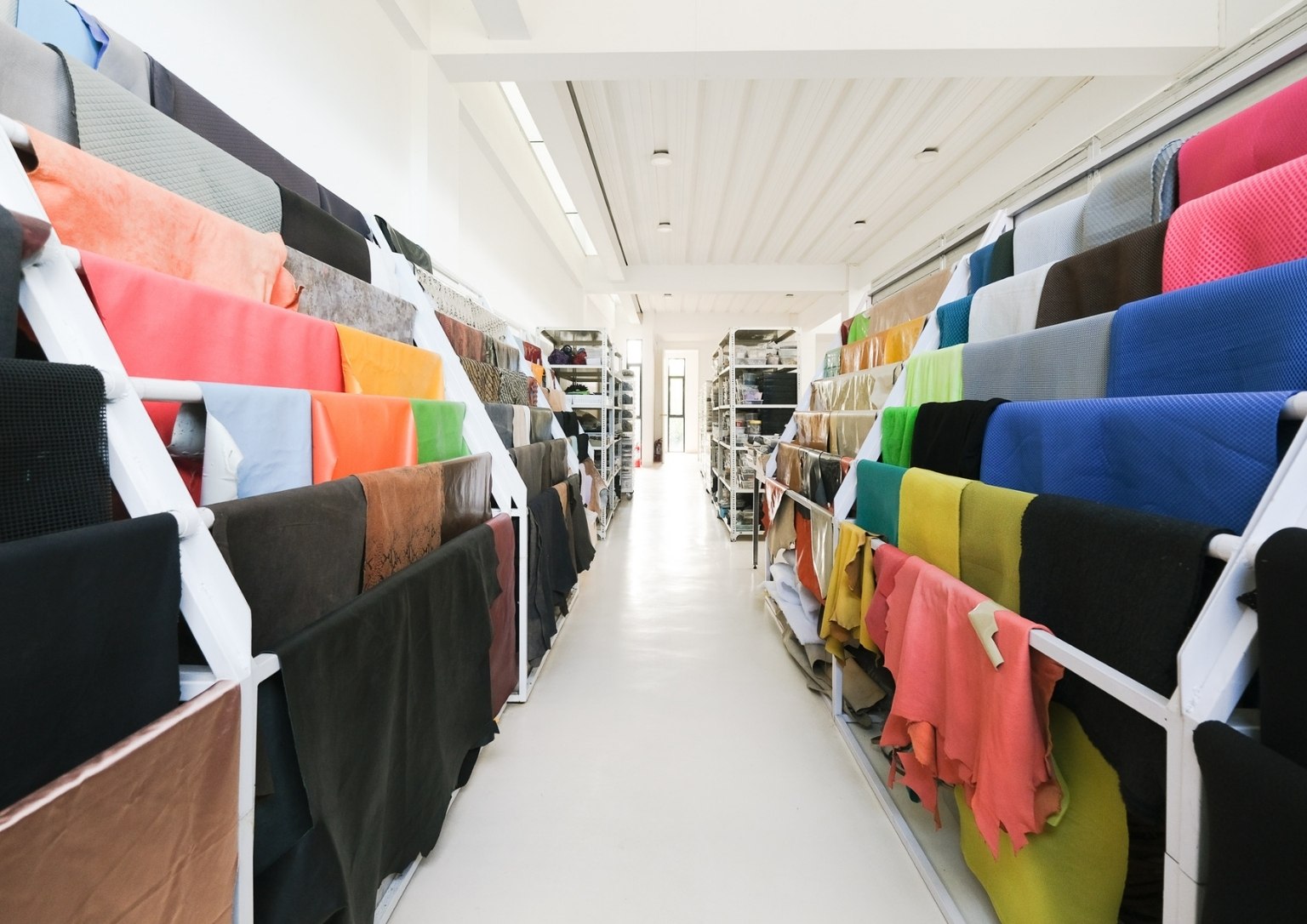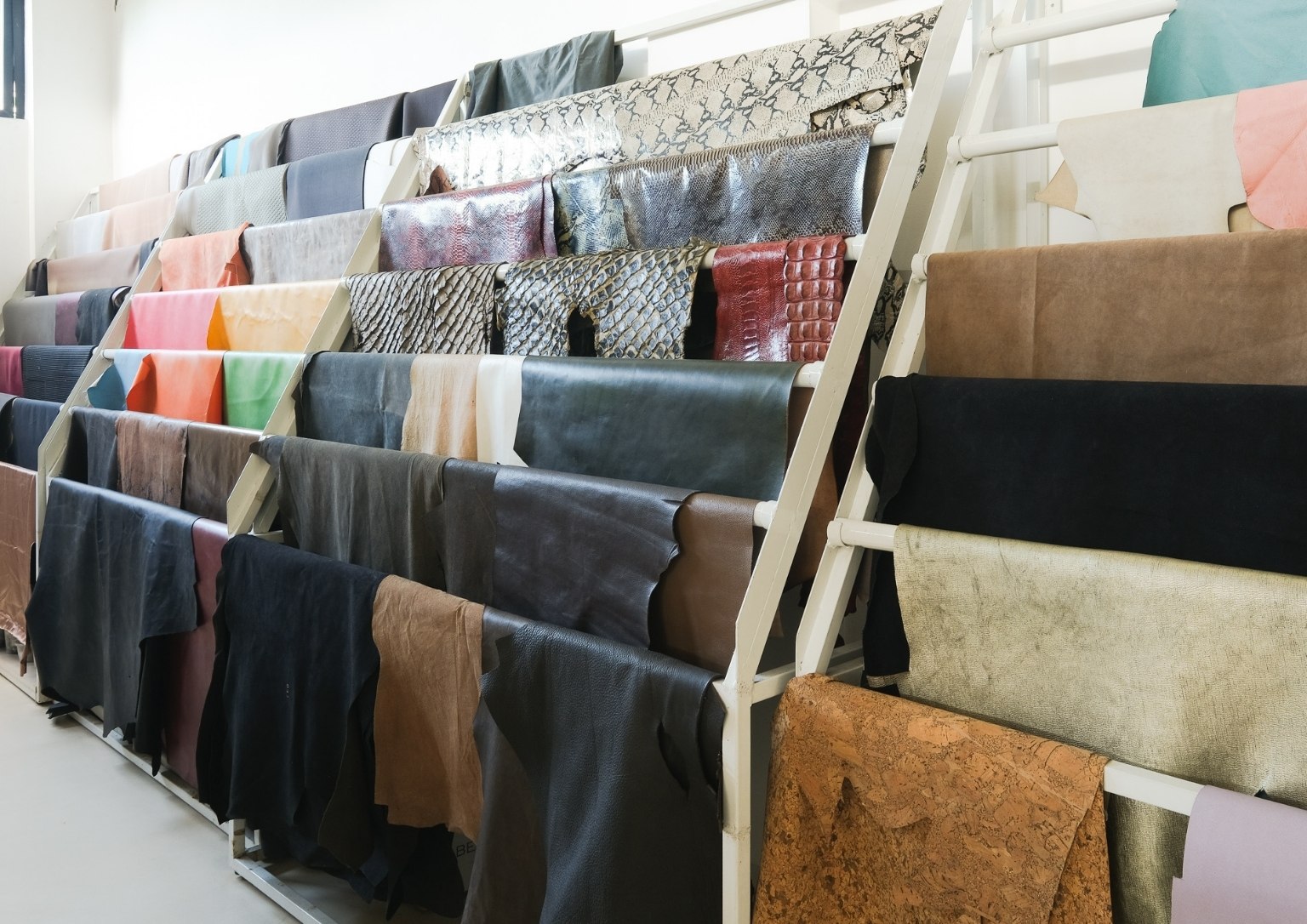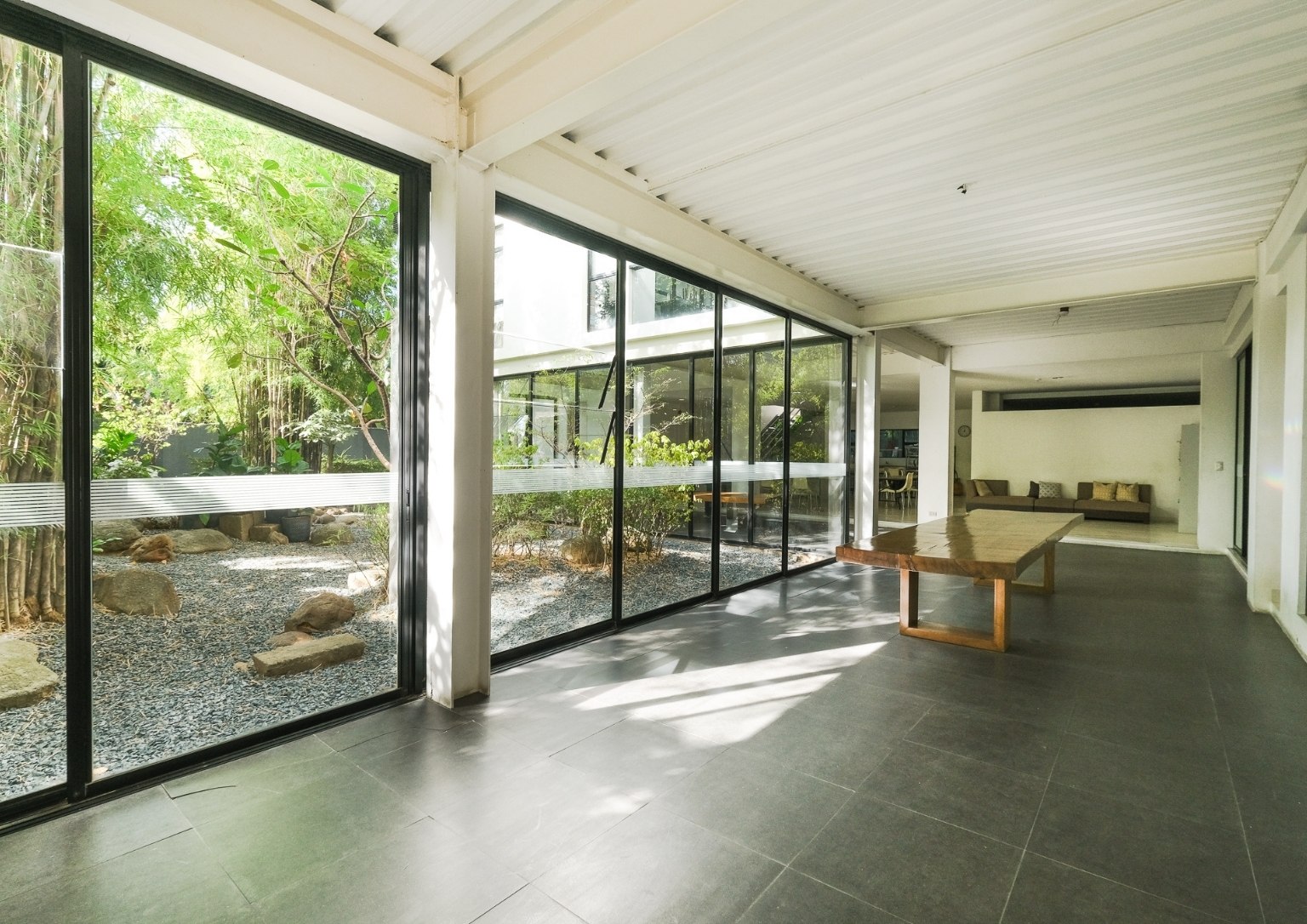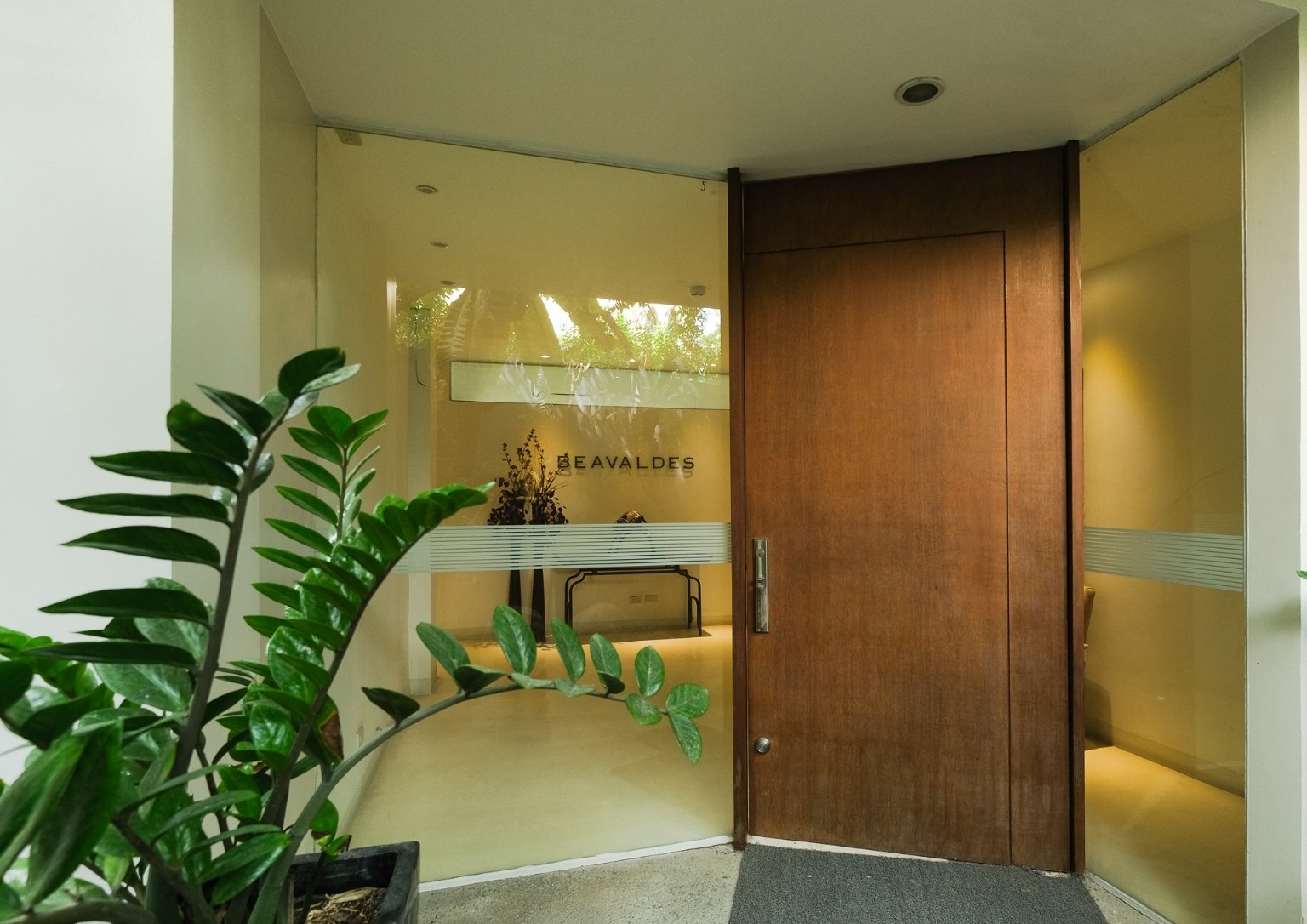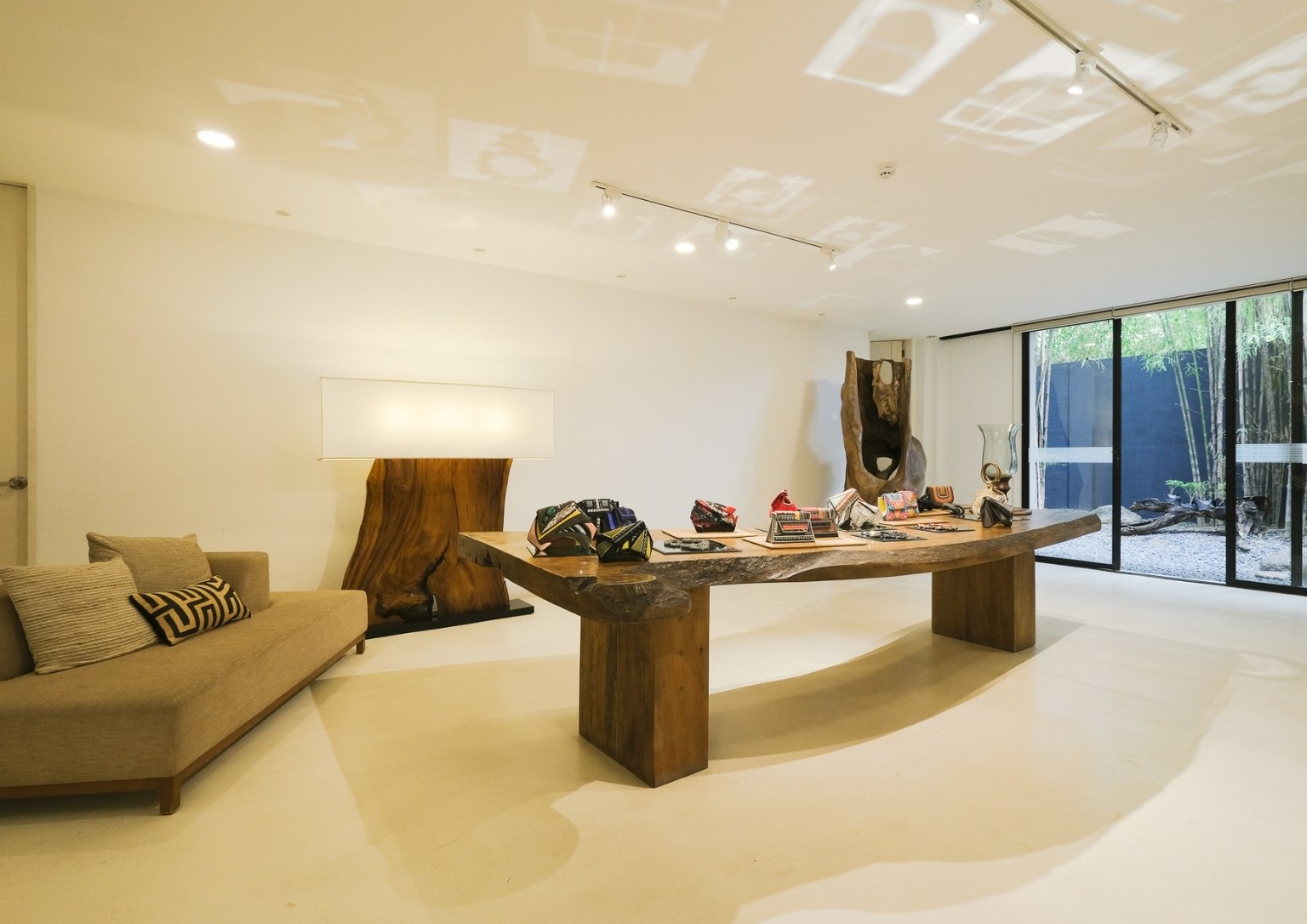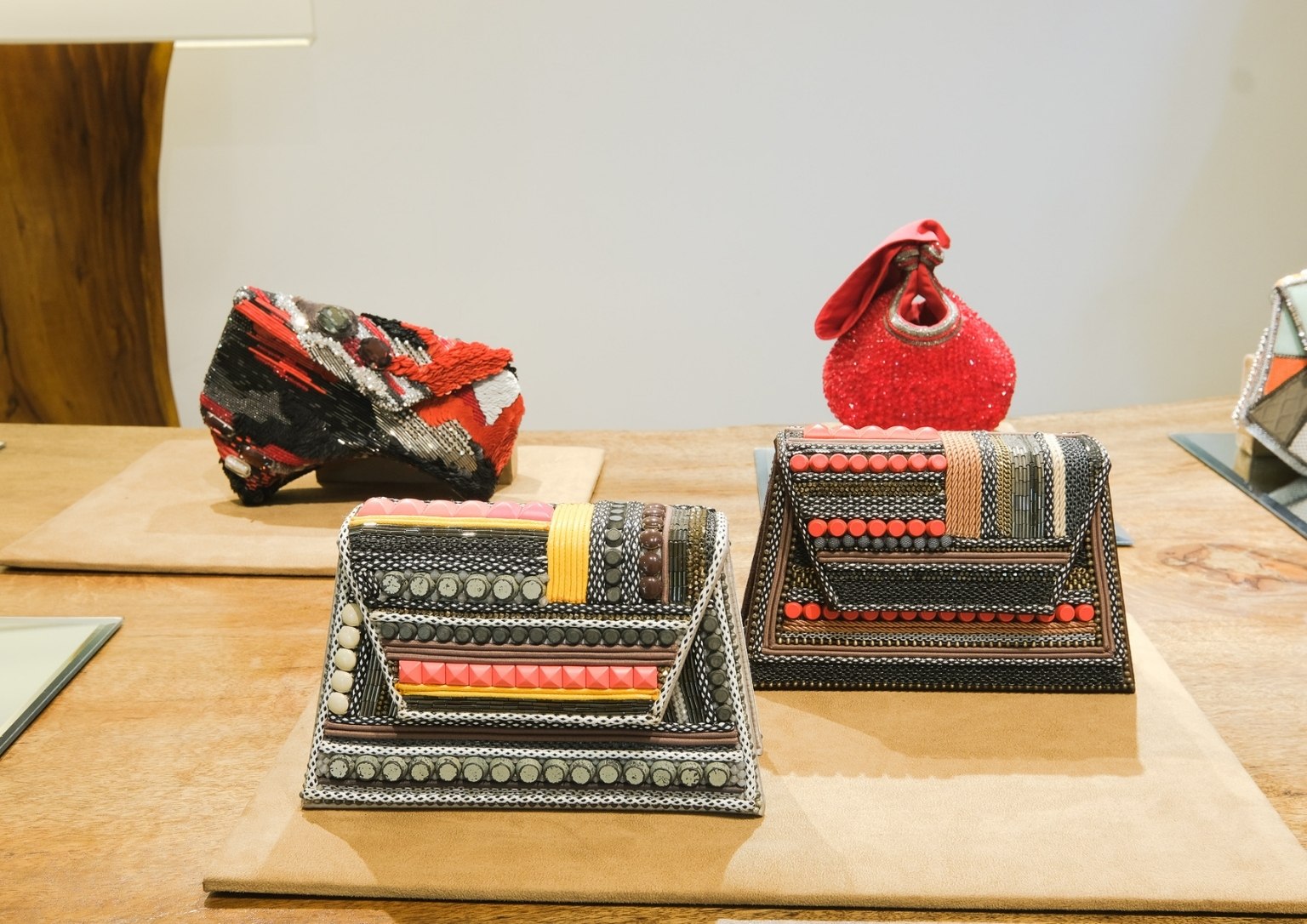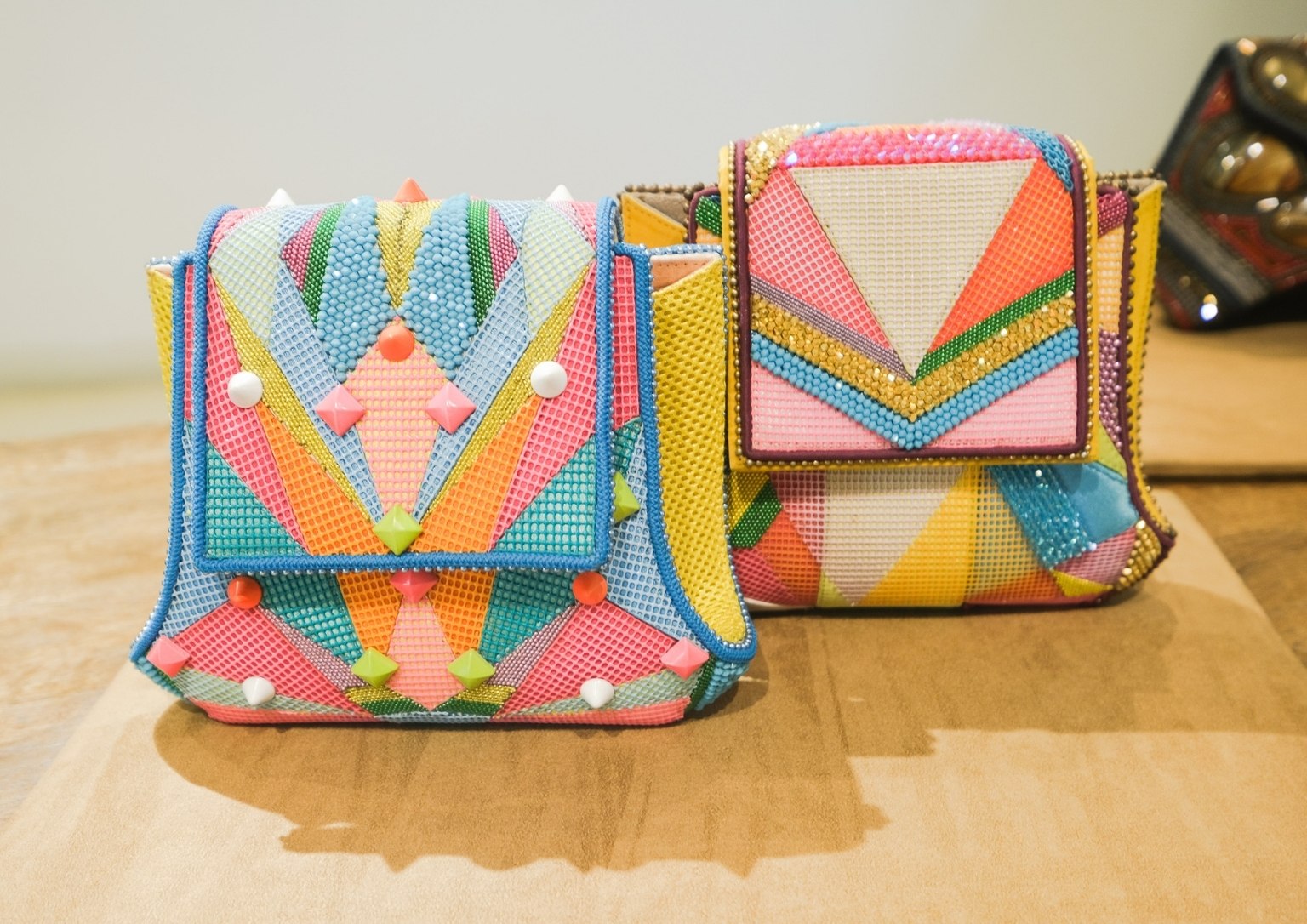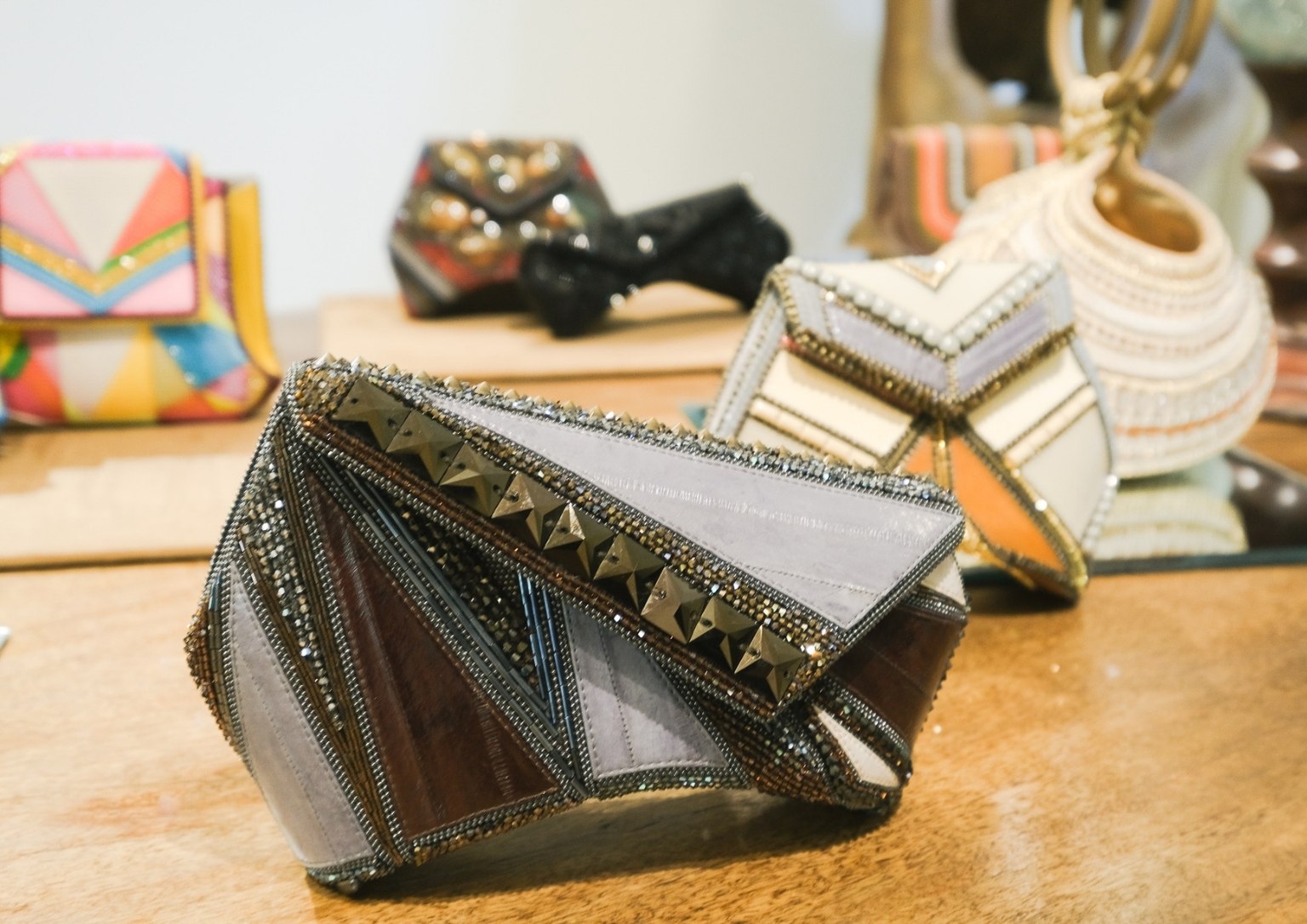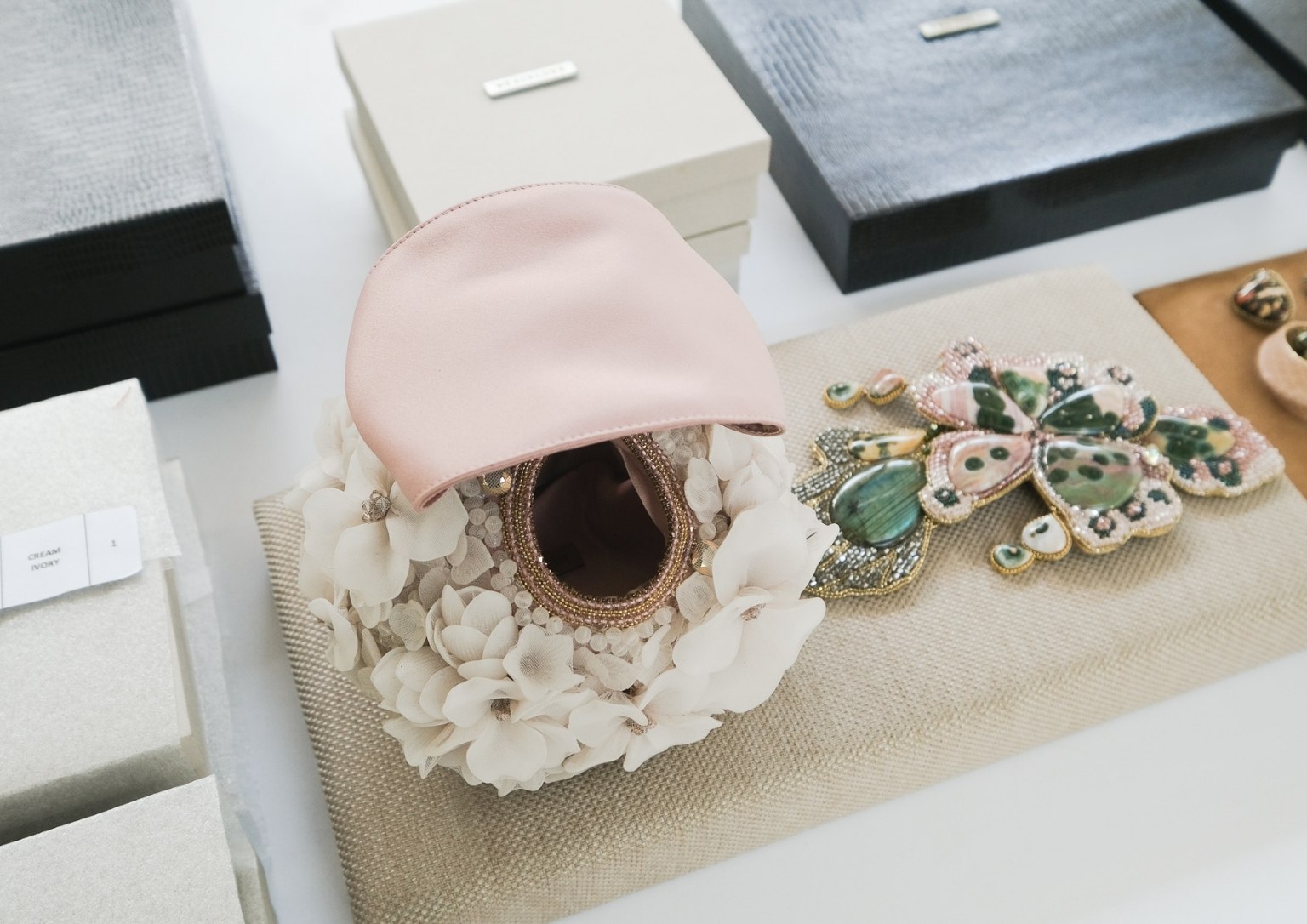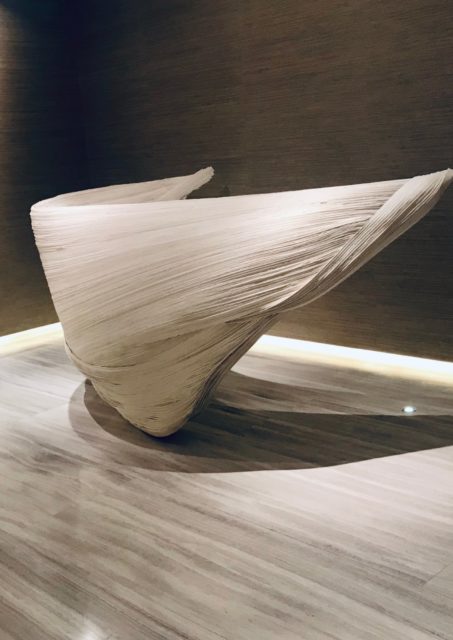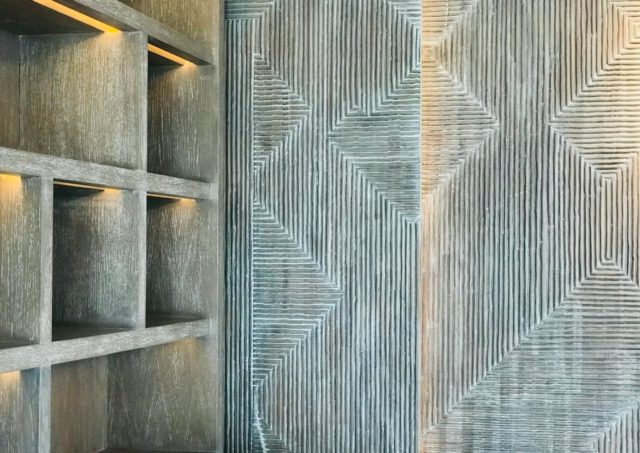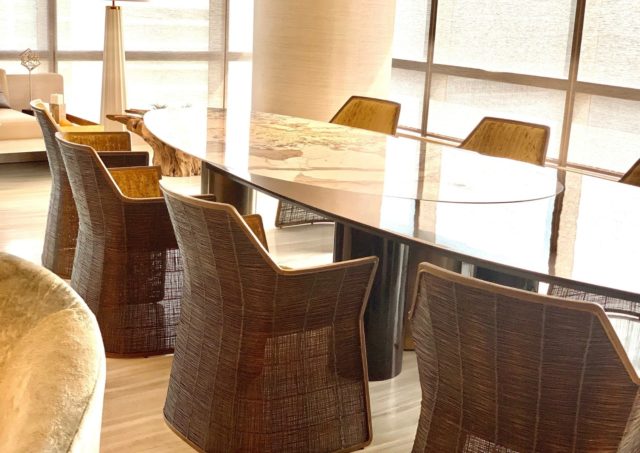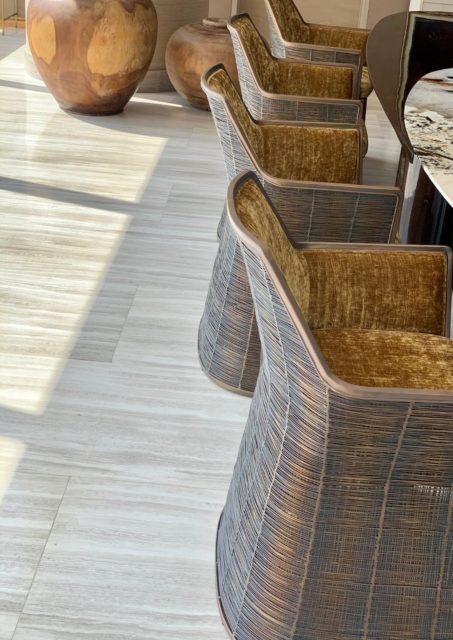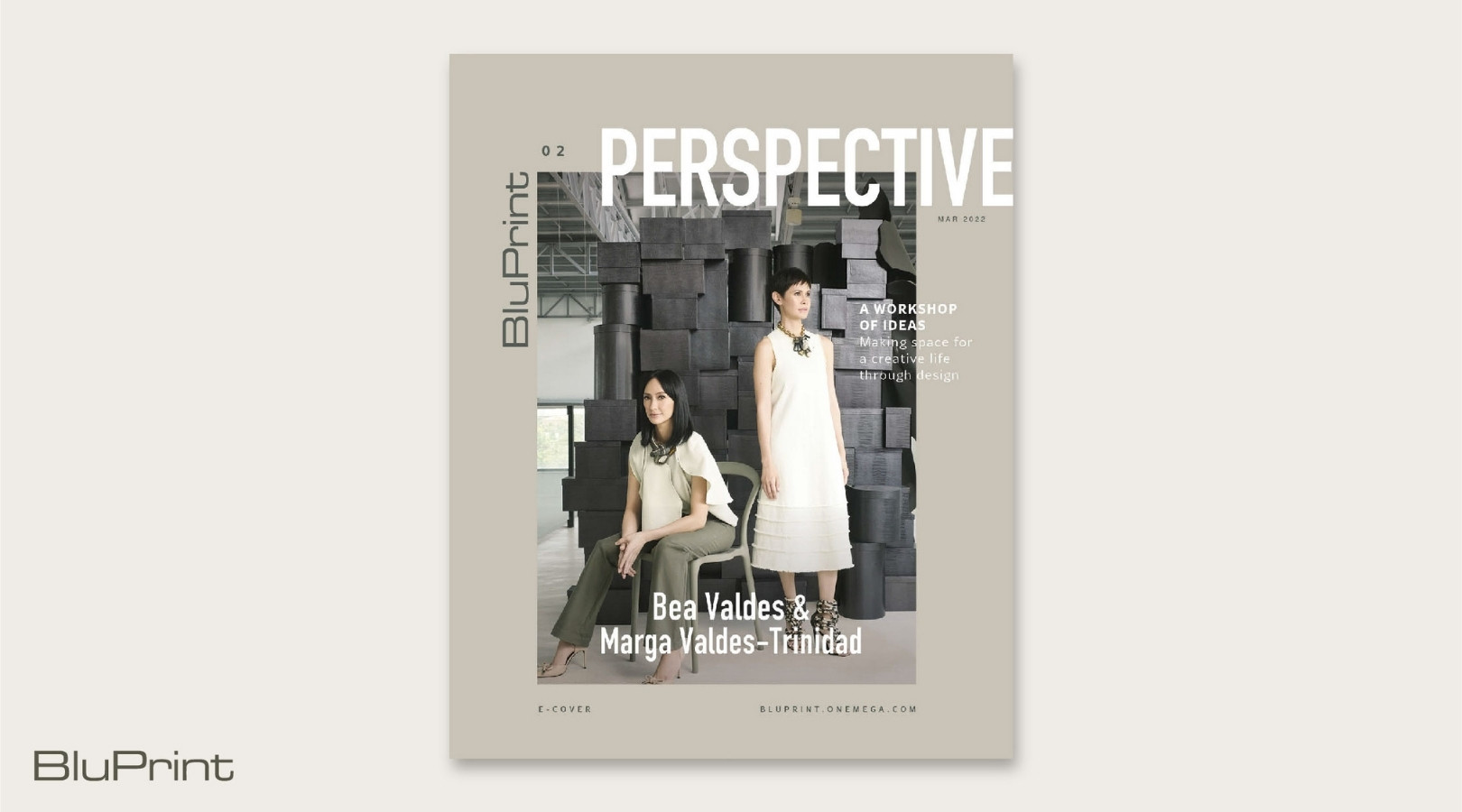
Bea Valdes and Marga Valdes Trinidad: Space for Art and Style
For Bea and Marga, the creative sisters behind the BEAVALDES brand, their ethos has always been guided by their vision to create modern heirlooms. Each bespoke piece is designed to be meaningful both to them as designers and their discerning clients. Inspired by their artistry and dedication to their craft, one can’t help but wonder what goes on in their creative life.
How exactly do their days begin and flow? How do they cultivate a fulfilling creative enterprise? What habits have allowed them to thrive and build their own brand of success? The creative life entails different aspects specific to each artist. With this in mind and in celebration of National Women’s Month, this BluPrint Perspective is dedicated to the details that drive the craftsmanship of Filipina creatives like the Valdes sisters.
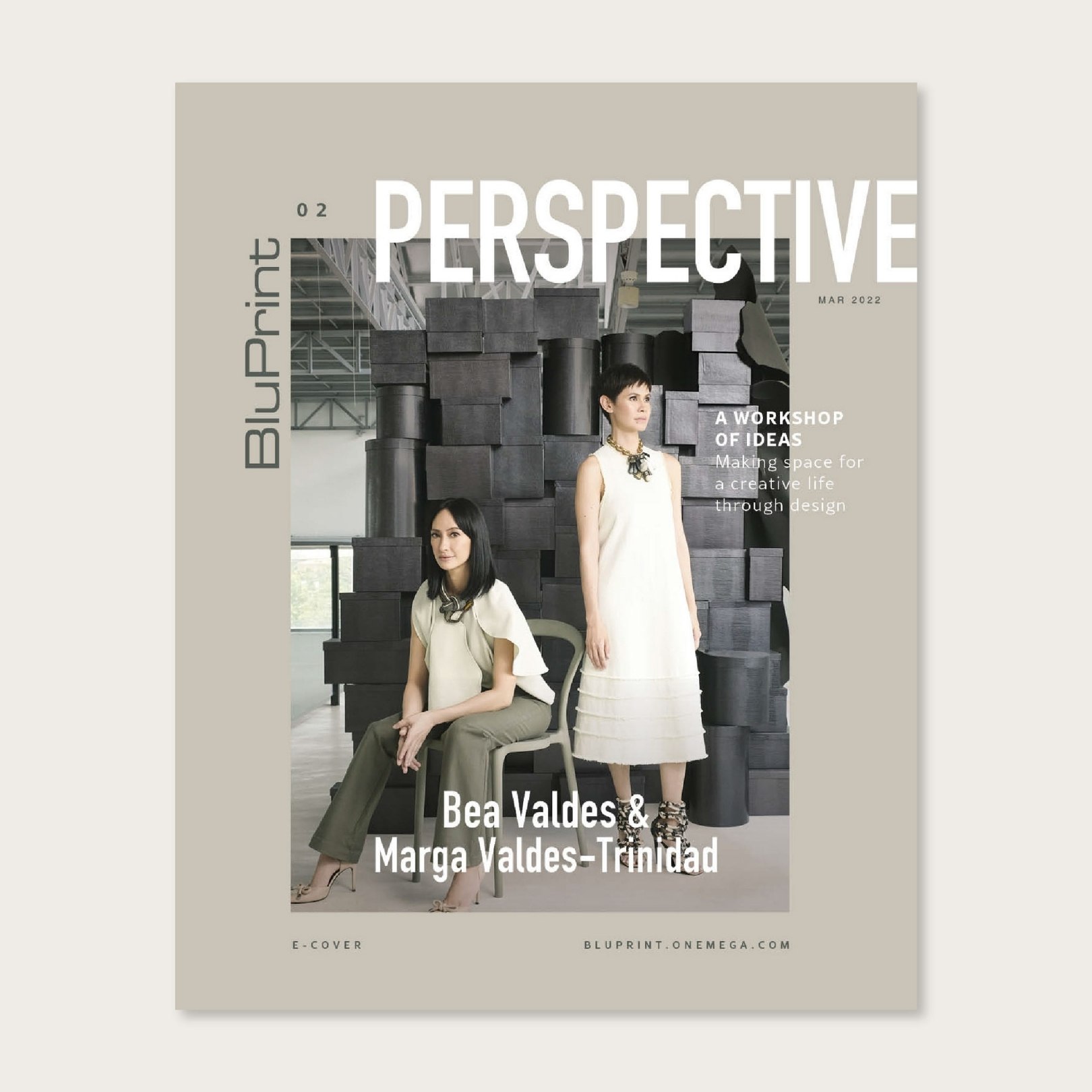
A patchwork of influences
Through the years, BEAVALDES has been mostly associated with the fashion industry through their embroidery and bead work. However, long-time clients and admirers of their designs may be surprised to find out that their professional and educational backgrounds are tangentially related to fashion design. Still, this didn’t stop them from working together seamlessly to establish a creative brand.
“My background is in Creative Writing, Industrial Design, and Interior Design. My sister had her Master’s Degree in Economics, Political Science, and Gender Studies from the London School of Economics and Political Science (LSE). Therefore, she has always been deeply conscious about sustainability and its sociological impacts in our developing country,” Bea shared.
However, it’s this patchwork of influences and different experiences that brought to life the brand story that has been guiding Bea and Marga’s design. These varied backgrounds also encouraged them to collaborate with different manufacturers and furniture designers who provided them with tremendous learning experiences. As Bea noted, “these distinct perspectives have allowed us to frame a unique design narrative.”
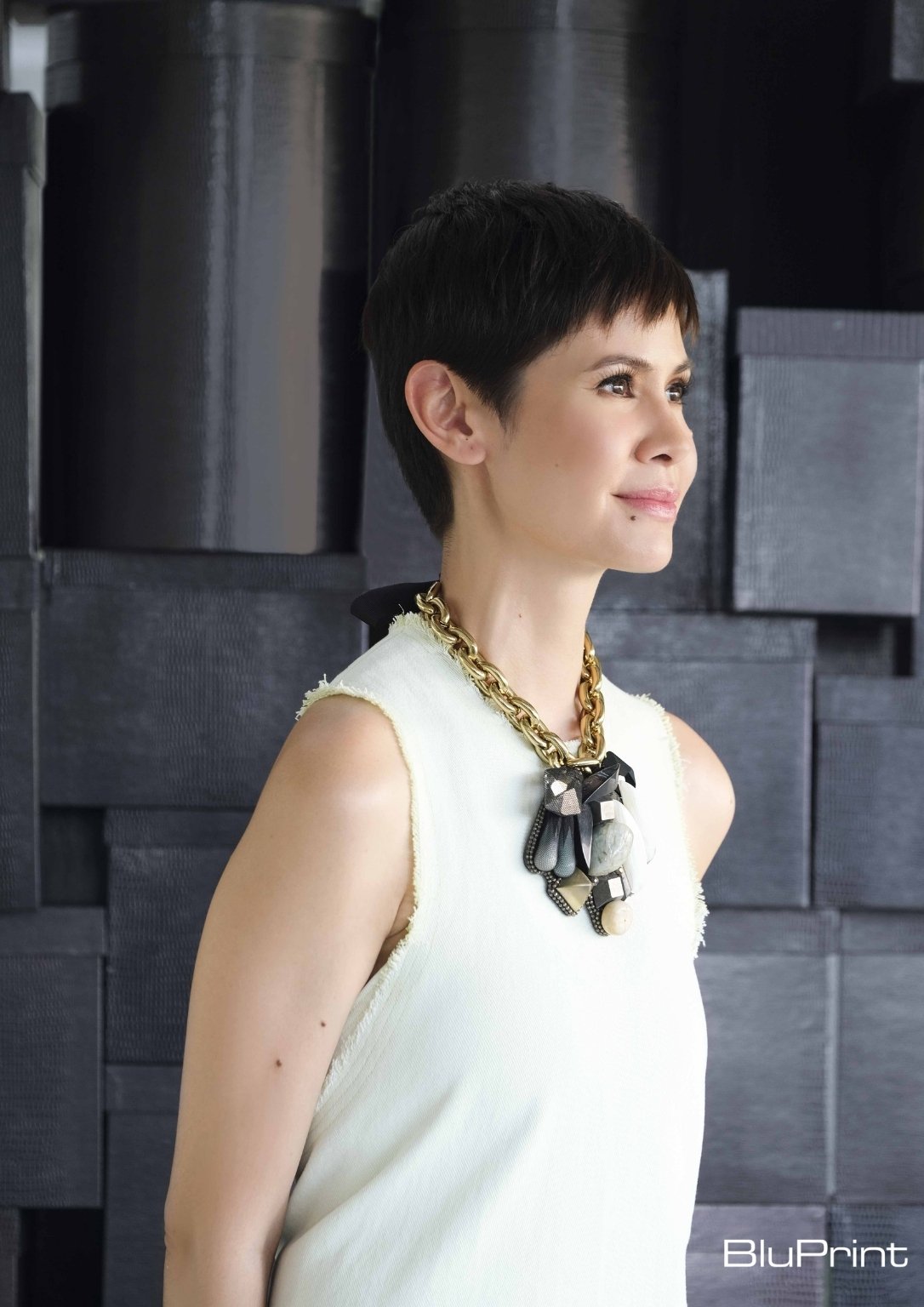


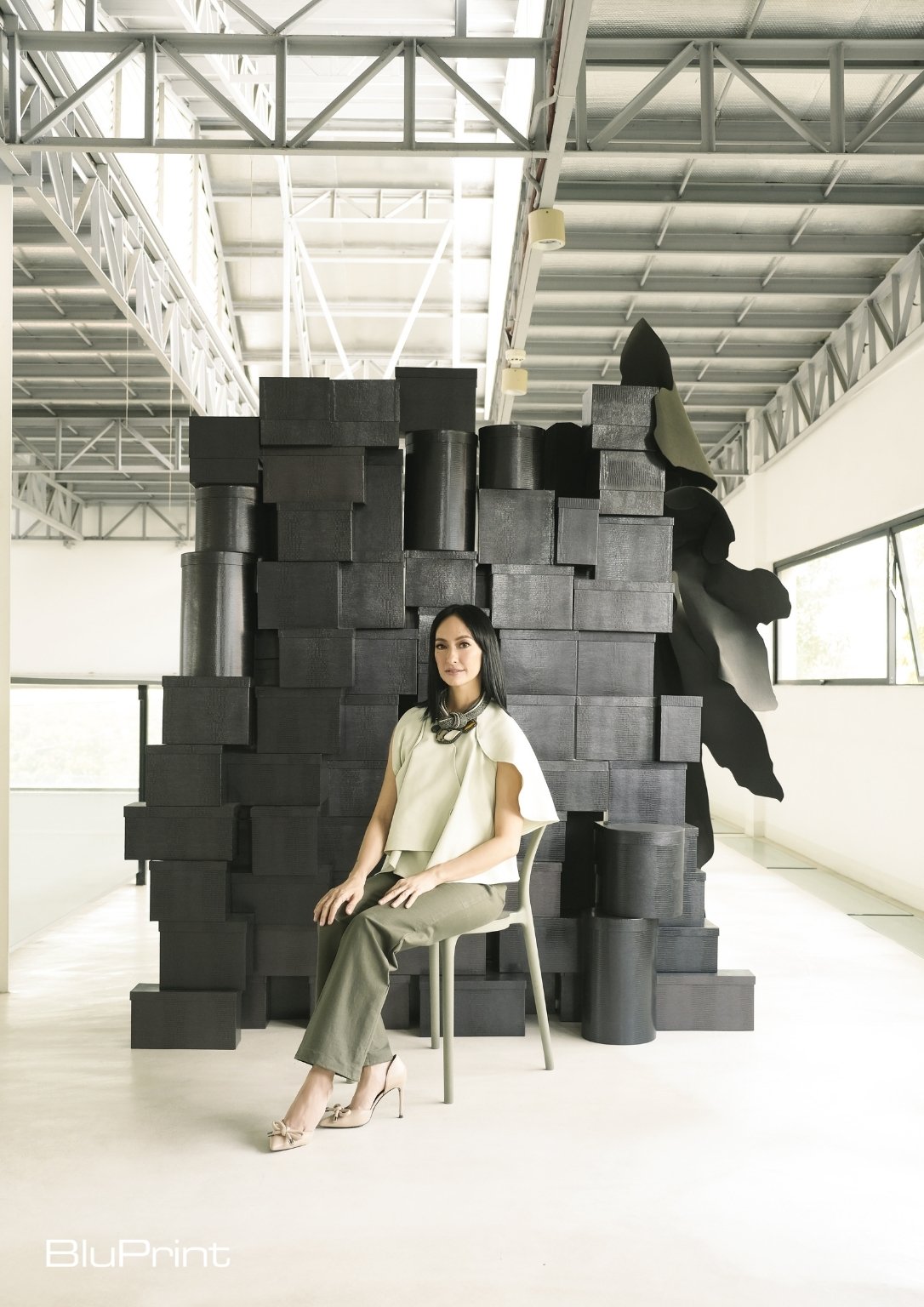
“We try to lead by example and with empathy. Everyone has personal, social, political and emotional influences. So, we need to acknowledge those layers of our collective humanity in a manner that honors that.”
Furthermore, these varied backgrounds and experiences also seeped into their style of leadership towards the people working under their brand. For the sisters, it’s important that they lead by example and with empathy. It allows them to both align their team with their goals and provide the necessary support system during the pandemic.
“To provide our team with continued work within a safe environment, we remained as flexible and as safe as we could be by moving our entire production in-house. We also made sure that our staff had access to a team of trained human resource professionals who could guide us safely, physically, and emotionally while we navigated the pandemic together.”
Inspired by a “kinship of craft”
“We often say that perhaps this journey began with a lament over a tablecloth,” said Bea on how the creative partnership with her sister began. This tablecloth was an elaborate piña mantel that belonged to their grandmother, made for a 14-seater table.
“The mantel was filled with hand-embroidered motifs. At the time, my mother had said that it would take the hands of so many women, seated side by side, at a single table, months to render this one piece,” she recalled.
This “kinship of craft” — of women coming together to create something in unison — Bea said, became the foundation of their brand and creative vision. The brand has come a long way since the launch of the first couture handbag collection in November 2004. But this origin story remains an enduring reminder of the heart and soul of the BEAVALDES brand.
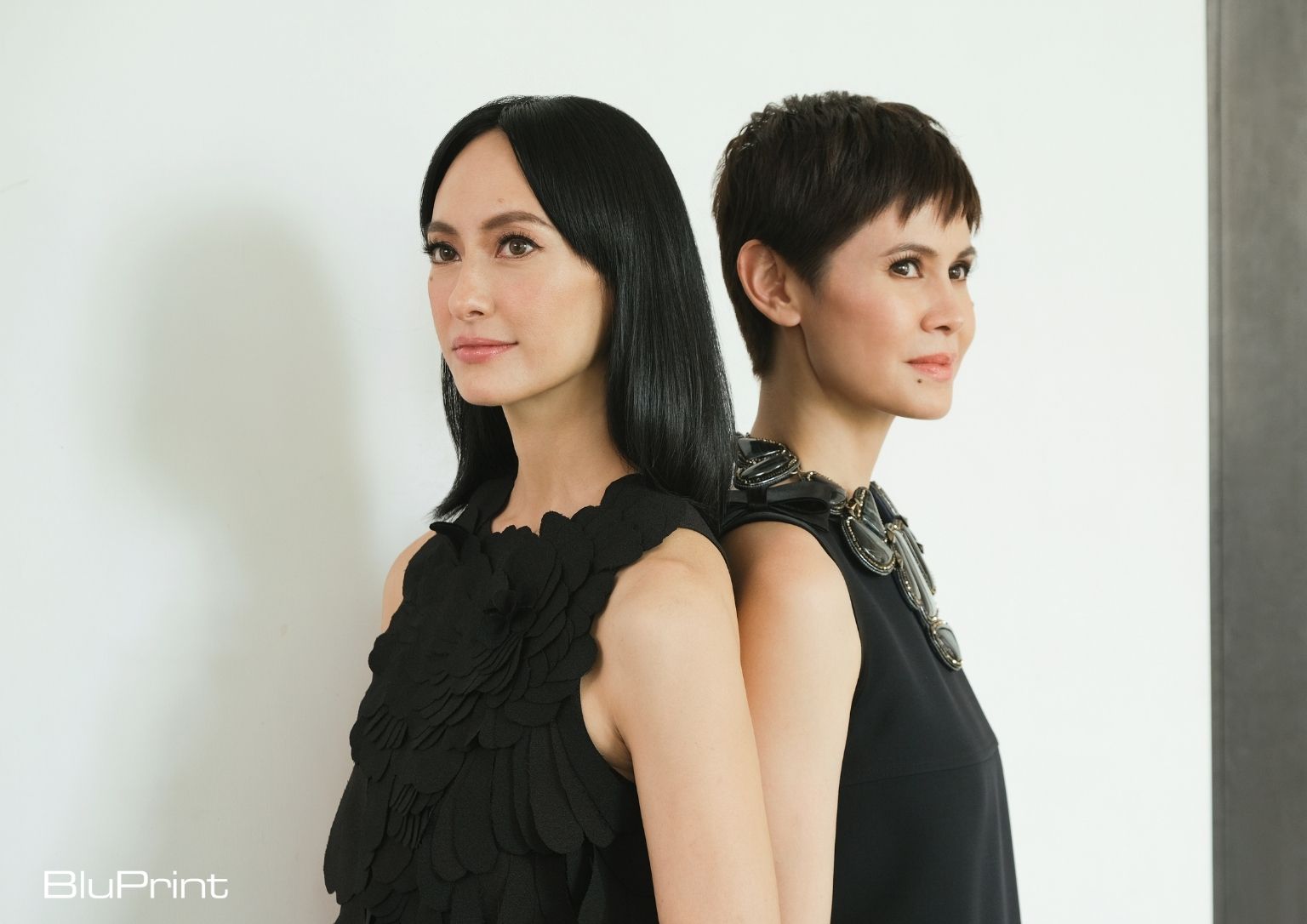
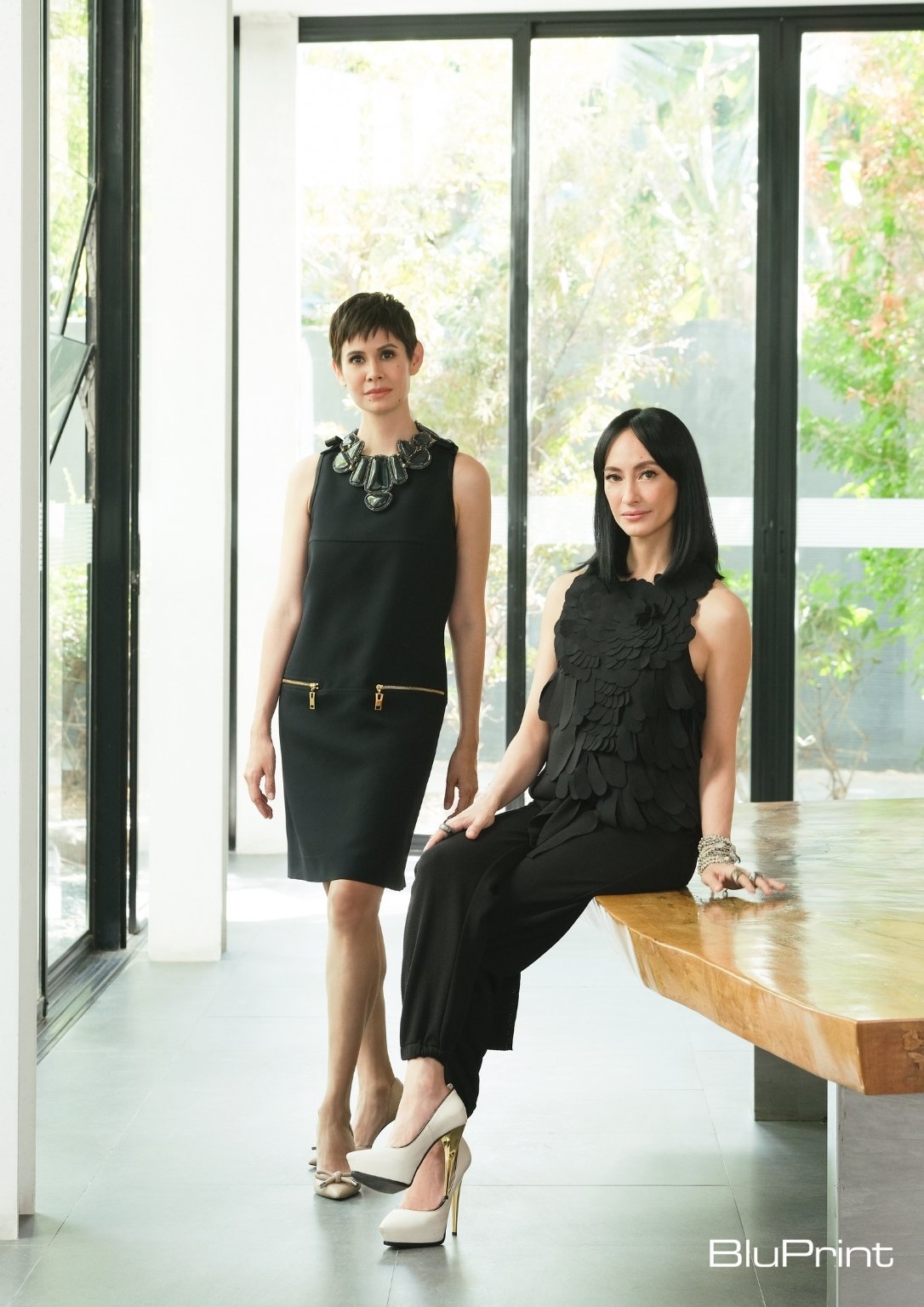
“We want to ensure that the work of our hands remains alive, dynamic and relevant. Our vision has always been to create modern heirlooms – pieces that are meaningful and can cross seasons and generations. We hope our legacy is that we express our personal values through our work. What we do is just as important as how we do it.”
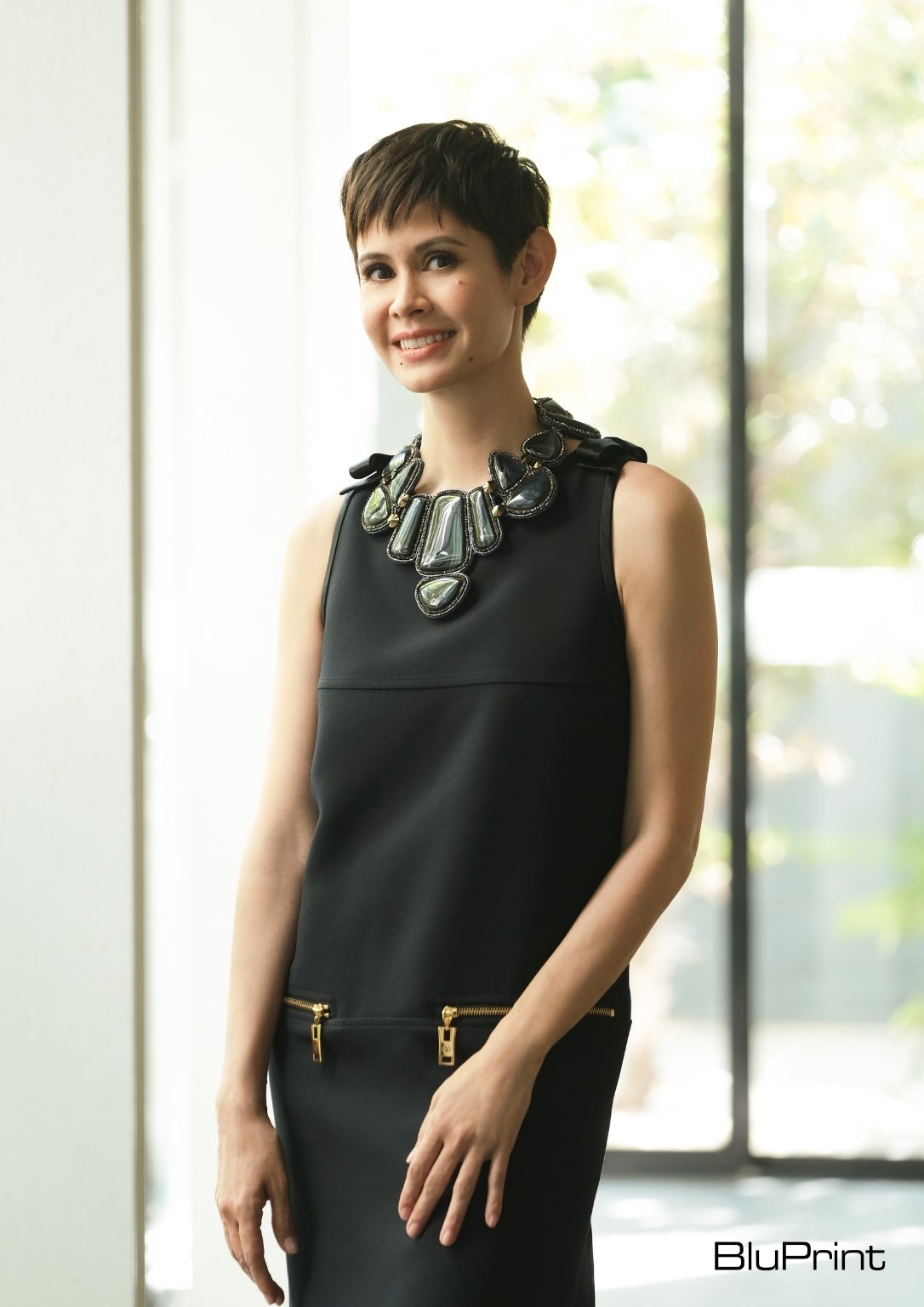
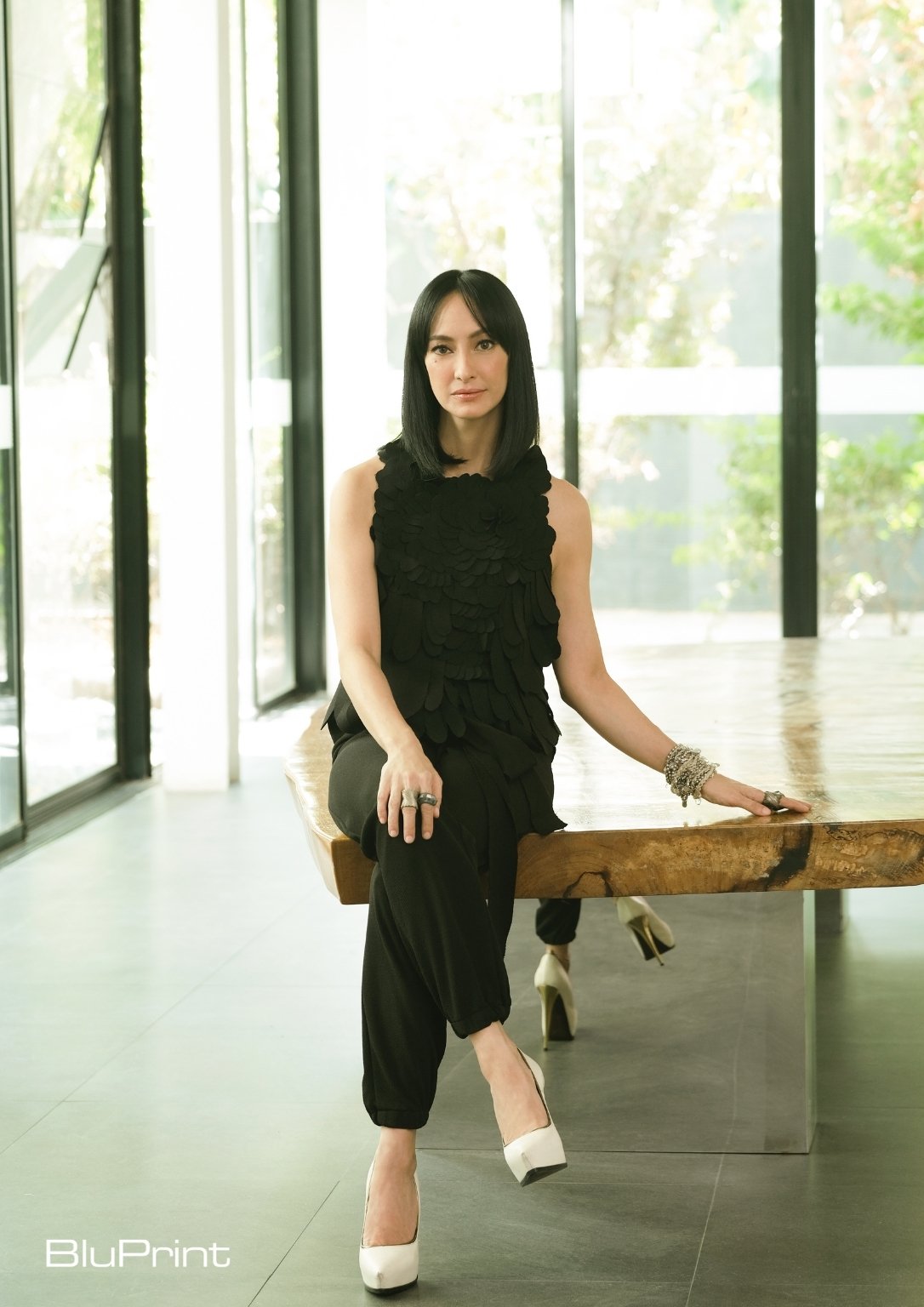
“It sparked a fascination for our own heritage of artisanship, and a healthy curiosity to learn about our sister communities that create through this matrilineal skill.”
Marga also noted that through their visions as Filipino designers, they also want to celebrate the country’s deep artisanal traditions in a modern, fresh, and contemporary way. They envision each piece not as a commodity, but timeless artworks that carry their heritage as designers and Filipinos.
“We want to ensure that the work of our hands remains alive, dynamic and relevant. Our vision has always been to create modern heirlooms – pieces that are meaningful and can cross seasons and generations. We hope our legacy is that we express our personal values through our work. What we do is just as important as how we do it,” she added.
A routine built on creativity
Even creative work needs to have some effort put in. To transform all the ideas, inspiration, and motivation into works of art and style, a routine of some sort is necessary. For Bea and Marga, it’s a flexible one, tailored around their creative lifestyle.
As the Chief Executive Officer of BEAVALDES, Marga spends most of the morning responding to emails and communicating with clients. Bea, on the other hand, is usually fully engaged with the production team and tackling the most technically difficult tasks once she sets foot in the workshop.
Above: According to Bea and Marga, their ideal creative space had to be open, fluid, and surrounded by nature as a “constant reminder that things of value do take time.”
“Our days begin early, so we can enjoy some quiet time and the sunrise. These days, our routine remains flexible. We both head out to the office together and have our coffee in the showroom. We use that time to catch up on anything personal like kids and family matters or personal projects,” Marga shared.
“We do a quick run down of any updates that are work-related to set the agenda for the day or the week ahead. We both come from very different backgrounds and our particular interest always informs the kinds of discussions we have on current projects or those we are considering taking on. These casual conversations are part of our creative strategy and professional alignment and they happen often, spontaneously and throughout the day.”
The need for an open and fluid space to create
As with any artist, a dedicated space to create is where the magic happens. For Bea and Marga, it had to be a workshop that “honored the time-intensive work of the people within it.” Also, it had to be defined by clean, open spaces to reflect a calm mind. “It should be ideally devoid of clutter so ideas literally have room to be to be seeded, cultivated and expressed,” Marga stressed. Finally, it should be quiet, well-lit, conducive to creativity, and surrounded by nature as a constant reminder that things of value do take time.
Above: The open plan design of the BEAVALDES workshop not only ensures that all areas are organized, but also opens up the entire space to different creative possibilities.
All this translated beautifully in their open plan Manila workshop, which was initially designed and started by DEQA Design Collaborative and completed by Architect Arturo Grau. The layout required easy access to their materials, as well as visibility for their past pieces. The openness of the space also allowed the sisters to move through the tables where various pieces are at different stages of creation. It was actually their mother’s vision to have the workshop built this way, Bea shared.
“The crafting of items are not in fixed areas, but dependent on the artisan who is at that table, and what she may currently be working on. It’s an organic environment, a space for experimentation and exploration.”
On the past, present, and future of their design
Before the pandemic began, Bea and Marga took part in a collaboration for a private gallery, that aimed to showcase the variety of expertise in Philippine Design. However, they also saw it as experimental learning encounters for all the participants which included Industria, Jinggoy Buensuseco, Wataru Sakuma, and Mejore.
“We think of design as a common language, and being able to work with the various furniture designers and manufacturers felt more like a homecoming than a new venture,” Marga recalled. ”Working with these collaborators, bringing both our perspectives together, creating new pieces, through their skilled hands was truly a privilege.”
On this project, Bea also shared:
“What we hoped to create was a contemporary view on Philippine Design, through championing the work of a variety of artists and designers. It is not a new brief, but one that we hoped to satisfy through fresh answers. For me, as a consultant for this project, that meant working with established craftsmen and deeply exploring the edges of their skill. The relationships were at different levels of involvement, depending on what the pieces needed. More than collaborations, we would like to think of them as learning encounters that were very experimental. The challenges that we may have had were always tempered by the client’s progressive views, and their commitment to bringing these creative pieces to life.
This meant that for the metalsmith works of Industria, we tried to see if we could make metal feel light and luxe. His pieces took inspiration from linen and abaca and other open-weave, tropical fabric. For the table piece with Jinggoy Buensuceso, who is recognized for his metal sculptures, he rendered this in handmade paper by Wataru Sakuma — a piece that looks as if it is floating, made of layer upon layer of paper. Mejore carved out decorative walls, in patterns that have the impression of our Philippine Tattoos. The whole gallery is a collection of textures, in linen, in leather, carved and pristine wood, in paper and abaca, in stone, in shell and in sculpted fabric. These were all expressions of Philippine Islands, through tactile stories.”
This spirit of collaboration echoes the brand’s devotion to craft and its many faces and voices. As such, Bea and Marga hope to continue this vital and exciting collaboration with different designers and manufacturers. Of course, while they expect their space to evolve along with the requirements of the brand, they also envision it as a platform for new, artisanal-focused relationships.
“Nothing is fixed and our spaces remain fluid depending on what is required of them,” Marga said on the future of their space and their design process. “It’s a good rule of thumb for us as well to have – to keep an open mind and welcome challenges and change as part of the learning process.”
Text JOY CELINE ASTO
Photography ED SIMON
Art Direction JANN PASCUA
Sittings Editor GEEWEL FUSTER
Video Producer FERRENA ENRIQUEZ
Shoot Coordination ERICA LUNA, MAE TALAID, and MJ ALMERO
Makeup RIA AQUINO
Hair PATTY INOJALES
Special thanks to JEANGER NAVARRO OF LOUIS VUITTON
Shot on location BEAVALDES Workshop, Paranaque City.
